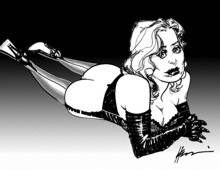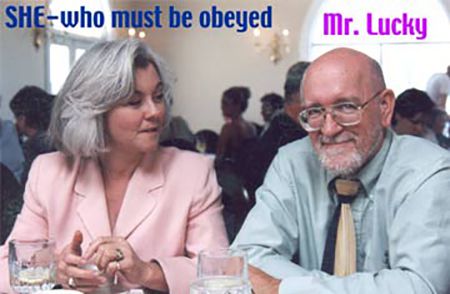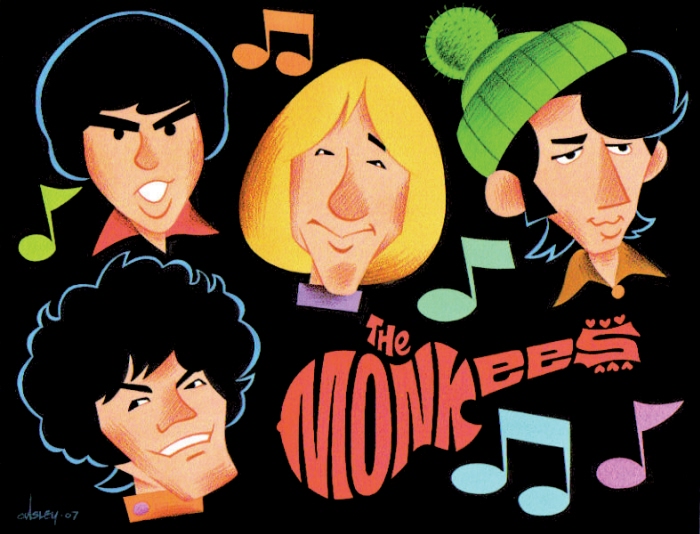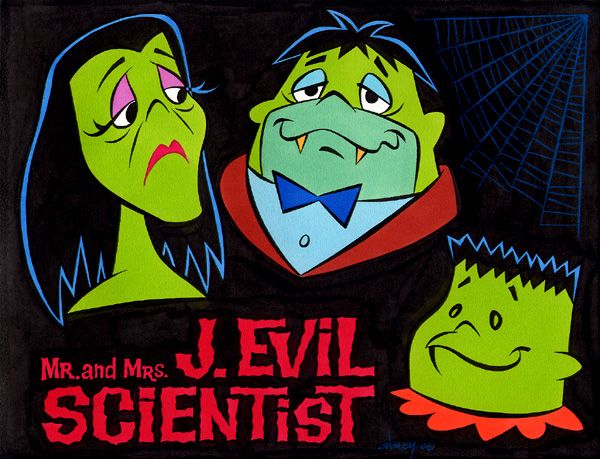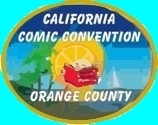| Thomas Yeates |
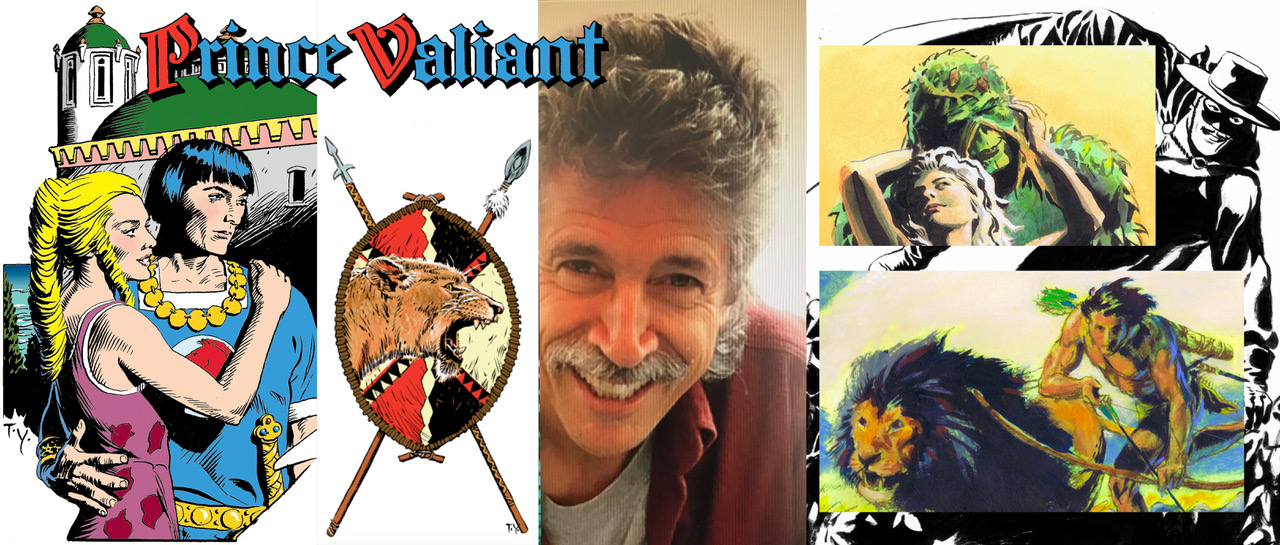
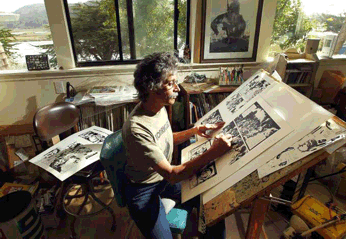 |
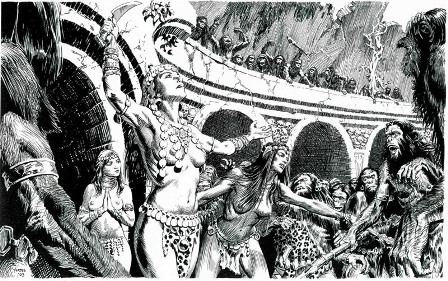
|
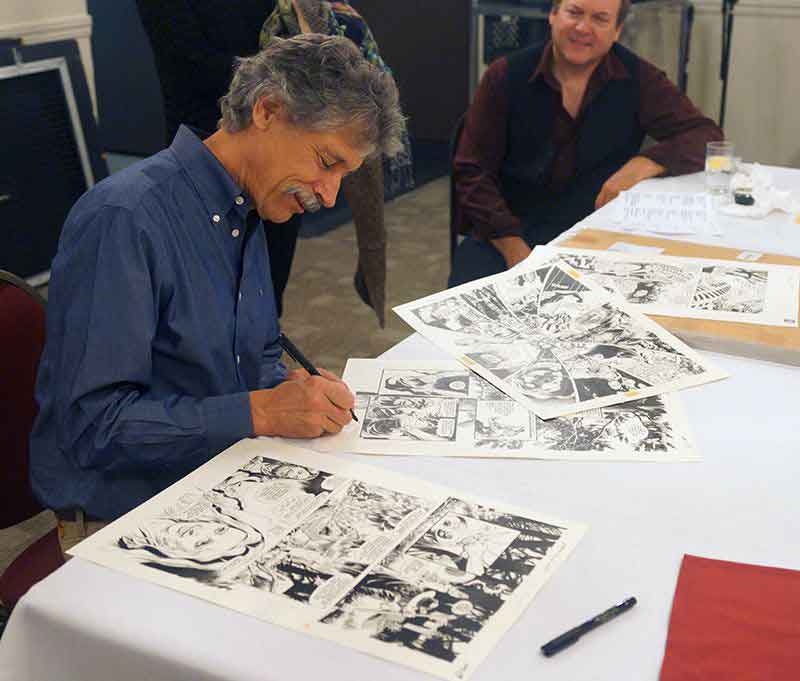 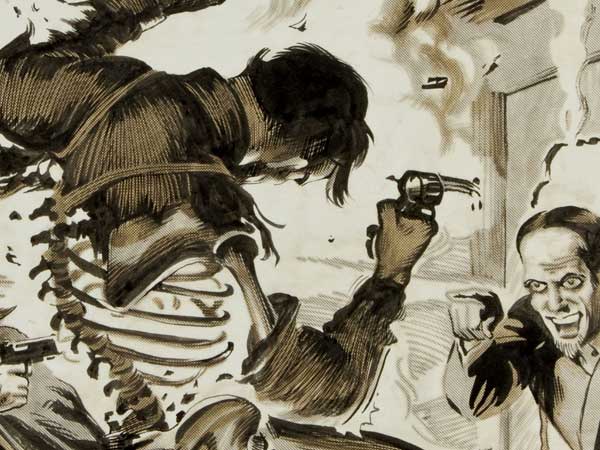 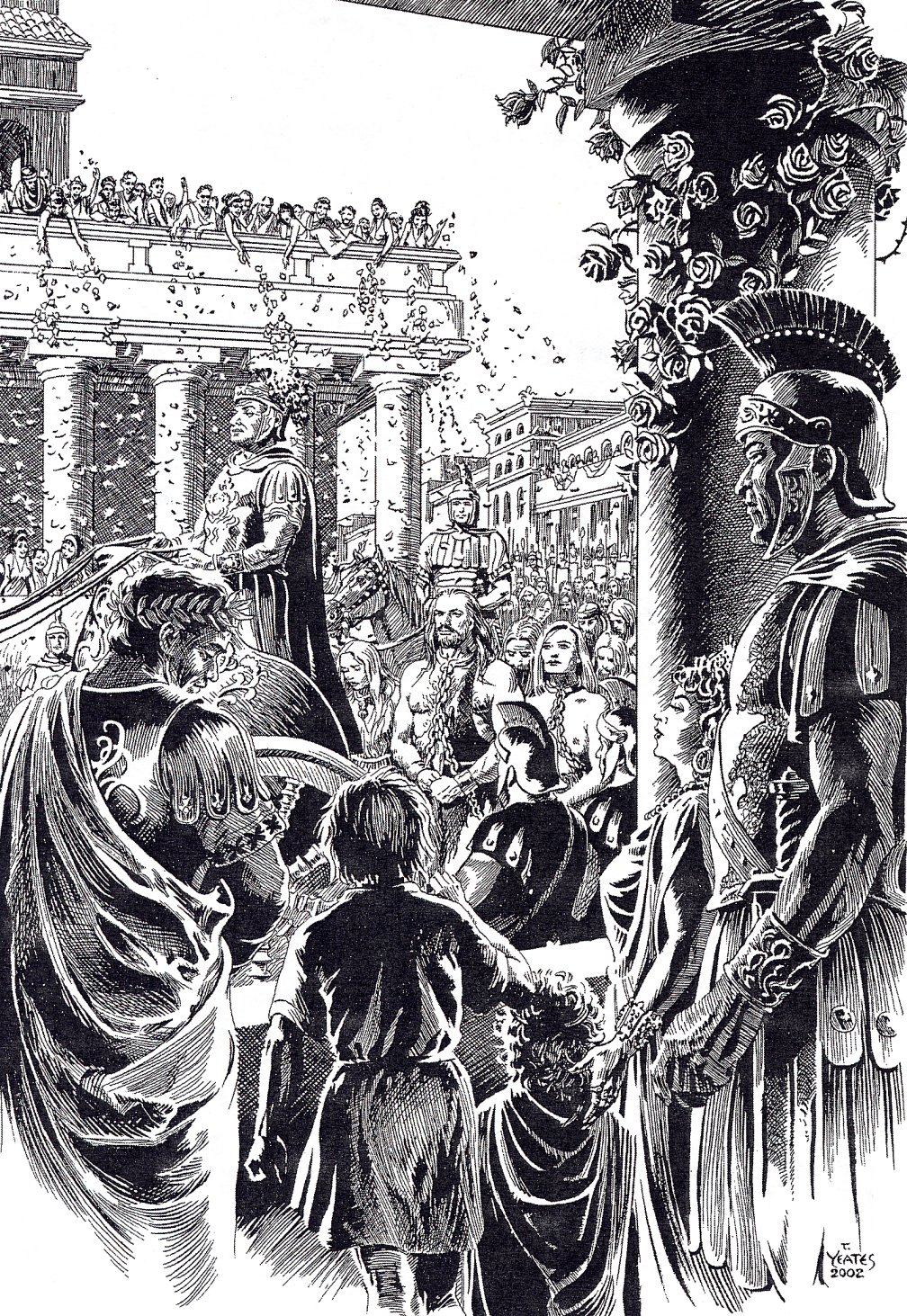 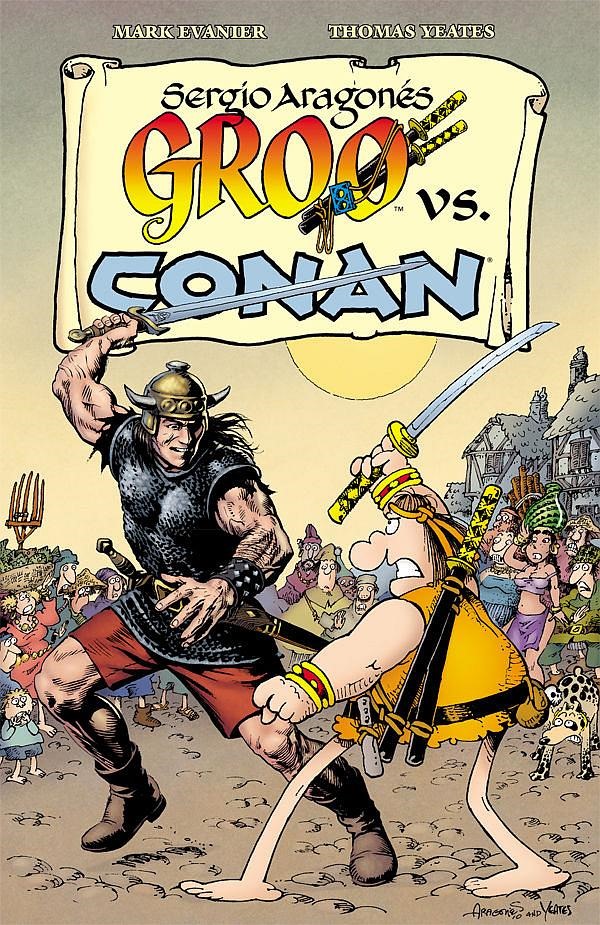 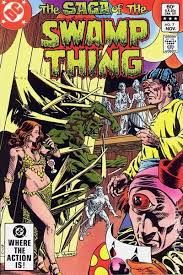 |
Thomas Yeates
Thomas Yeates has drawn comics for over 45 years.
He is considered by many to be an astute master of his trade.
Growing Up
Thomas Yeates was born on January 19, 1955 in Sacramento, California.
He grew up with three older sisters and his mother and father. He made
his first serious efforts in drawing as a six year old kid.
From this time on, Thomas said, he never stopped drawing.
His early inspirations were, of course, Tarzan and Disney’s
Peter Pan.
Tarzan was one of Tom’s childhood heroes and until today he is
Tom’s favorite character. He once stated in an interview that
he felt he was most alive when drawing Tarzan.
Art Training
Thomas is basically self-taught. His art training began in high school
and continued at Utah State University and Sacramento State.
Subsequently, he was a member of the first class at Joe Kubert’s School,
a trade program for aspiring comic artists.
Strongly influenced in his craft by old-guard illustrators like Hal Foster,
N. C. Wyeth, Al Williamson and Wallace Wood, Yeates favorite settings to
draw are the outdoors, and exotic locales.
He particularly enjoys drawing pictures that reflect his feelings about
justice and injustice, beauty, mystery, and adventure.
Early Years as a Pro
Yeates first professional work was for DC comics in 1978, a story featured in Sgt.
Rock titled "strongacher". He worked for DC Comics on numerous series, including Warlord,
Mystery in Space and Swamp Thing.
From 1984 to 1985, Thomas Yeates was the artist for Timespirits from Marvel/Epic.
He worked for Eclipse Comics on titles such as Airboy, Scout, Lugar, the political
documentary Brought to Light, and Aztec Ace. For Pacific Comics, Yeates did Alien Worlds
and Vanguard, and for T.S.R., he illustrated the Dragonlance Saga based on the Dungeons
and Dragons game.
The Tarzan Years
In the early 1990s, Thomas Yeates drew one of his childhood heroes, Tarzan of the Apes,
for two and a half years, co-authoring and drawing "Tarzan, The Beckoning" (for Semic/Malibu).
Tom recalls being one day on the phone with Danton Burroughs, who said to him: “Tom,
if you still want to draw Tarzan, send your work to these guys in Sweden.
They want to do a new comic, but their art is terrible. They make Tarzan look to much like Conan.
Tarzan’s more handsome. If they don’t get some acceptable art, we’re going to turn them down”.
He went on to illustrate a total of 15 Tarzan comics, many for Dark Horse.
”The Return of Tarzan" featured his adaptation into comics Edgar Rice Burroughs second Tarzan novel.
In 2017 Thomas worked hard on a revised Softcover collection of "The Beckoning".
He redrew several panels and re-colored almost each page.
Zorro and Superheroes
During the same period, Yeates also illustrated "Dracula vs. Zorro" for Topps comics.
This cult favorite was his first teaming with writer Don McGregor.
Thomas then returned to DC and illustrated a comic book authored by Rachel Pollack titled
"Tomahawk". Set at the beginning of the American Revolution, it traces the awakening of the
hero from his own bigotry after being captured by a Native American tribe.
In the late 1990s McGregor and Yeates created a highly regarded Zorro newspaper strip.
In 2001 Yeates illustrated two Universe X specials for Marvel in collaboration with Alex Ross
and John Totleben.
They're titled ”Cap" featuring Captain America, and ”Beasts featuring the X-Men.
The Paradise X special ”Ragnarok", released in 2003 re-tells the story of the fall of the
Norse Gods, featuring Thor, Odin, and Loki.
Next Yeates helped Cary Nord pencil issues 3-14 of Conan and did an Escapist story for Dark Horse.
In 2007 and 2008 he has illustrated seven graphic novels in the graphic myths series for
Lerner publishing including King Arthur, Odysseus, Atalanta, King Arthur and Lancelot & Robin Hood.
The Burroughs Year
In 2009 Thomas was commissioned to illustrate the "John Carter Of Mars" novel published by
Fall River Press in the Library Of Wonder Series. This hardcover book contains the classic tales
"The Princess of Mars", "The Gods of Mars" and "The Warlord Of Mars" by Edgar Rice Burroughs.
For Dark Horse Comics Tom adapted the first part of the "Outlaw Of Torn"-story by Burroughs.
In 2010 Thomas Yeates illustrated two kid’s books by popular writer Anthony Horowitz.
Horowitz is the author of the terrific British TV series “Foyle’s War”, the Alex Rider kid’s
book series and many other projects.
The two books Yeates has illustrated are “Legends Book One Battles & Quests” and “Legends book
Two Beasts & Monsters”.
In 2012 the collaboration with Horowitz lead to the last two myths and legends books.
The illustrations in "Tricks and Transformations" and "The Wrath of the Gods" were penciled
by Michael Wm. Kaluta and inked by Thomas Yeates.
Tarzan and Western
In 2011 Thomas returned to Tarzan with The Once and Future Tarzan, serialized in
Dark Horse Presents #s 8-10.
At this time he started working on a western graphic novel based on a Louis L'Amour story
(The Law Of The Desert Born) which was released in 2013.
The Graphic Novel won a total of 5 Awards and was nominated for the Eisner Award 2014 And
he continued work on Groo VS Conan with Sergio Aragones, out in 2014.
The Prince Valiant Page
From April, 1, 2012 Thomas Yeates took the art reins on the greatest adventure strip of all time,
“Prince Valiant”.
Since then there's a new adventure of the famous Prince every Sunday in Newspapers and Online
at comicskingdom.com
For more info about Thomas Yeates's career:
>
Thomas Yeates Web-site
|
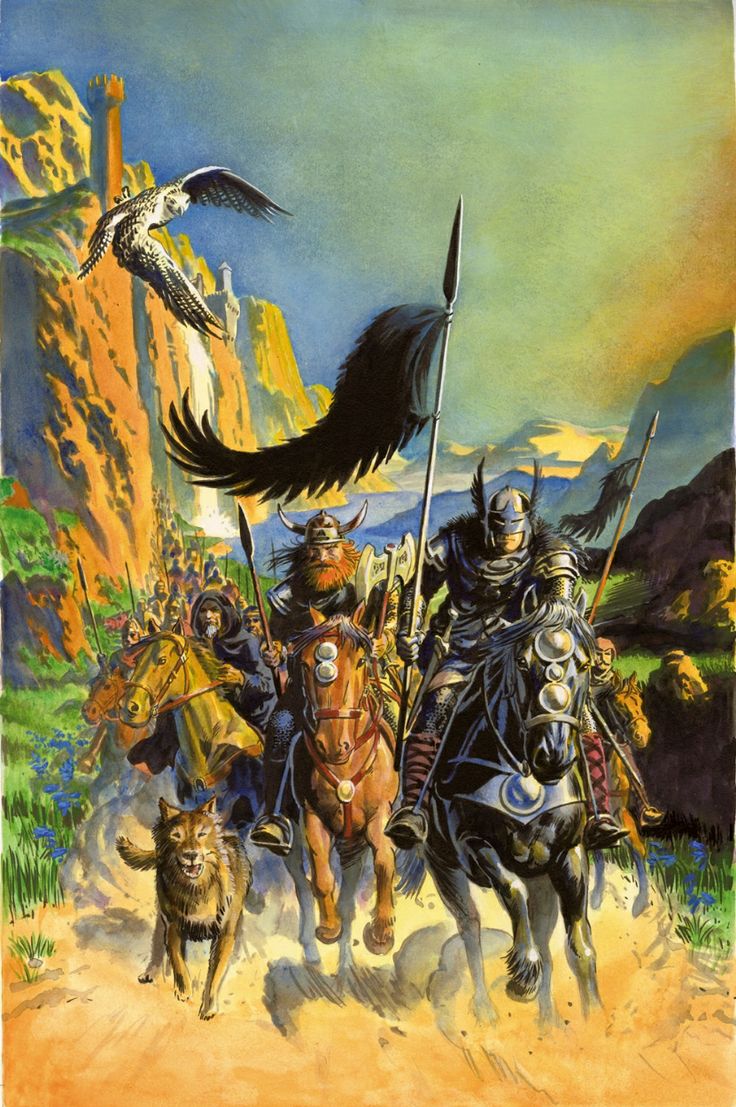
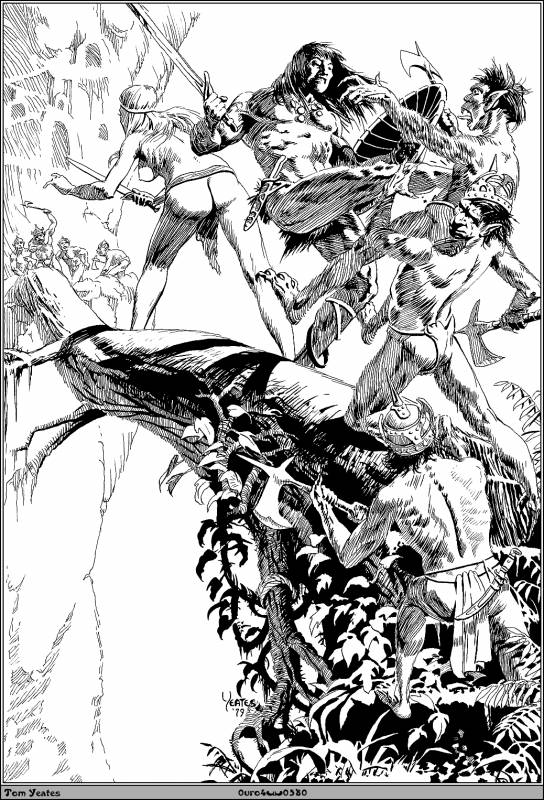
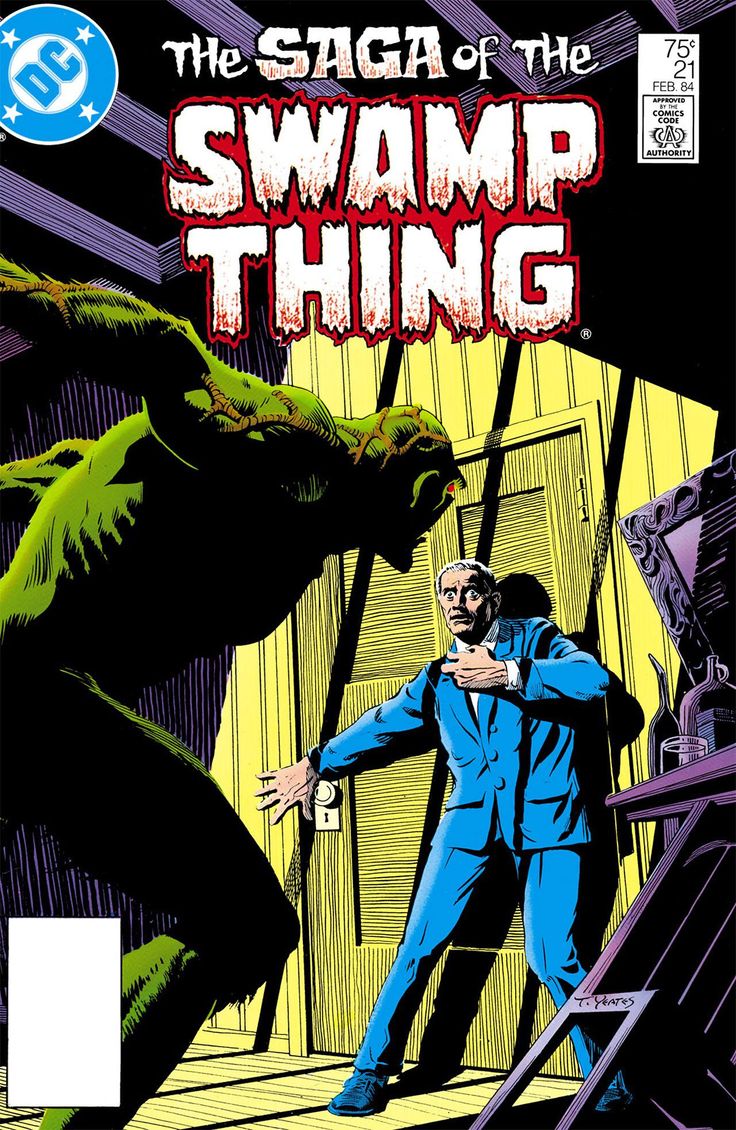
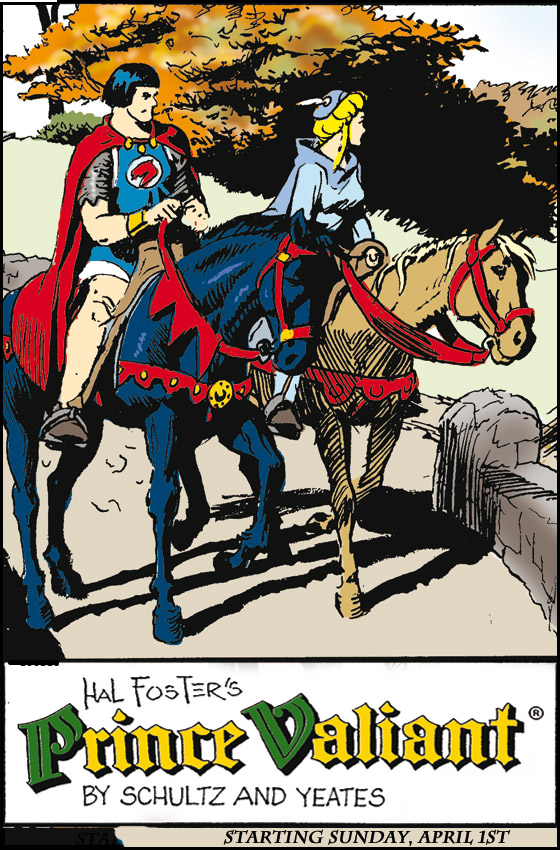
|
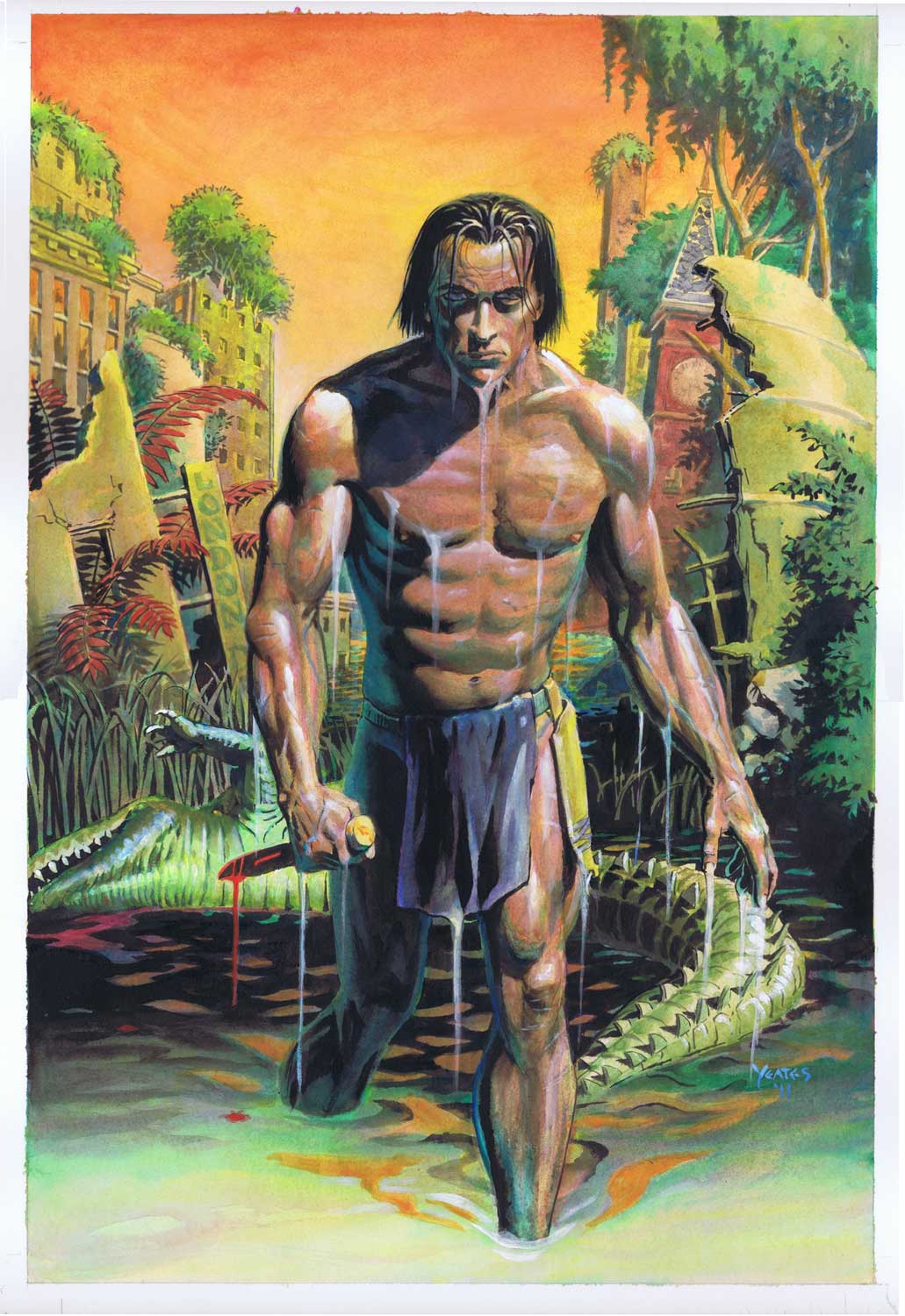 |
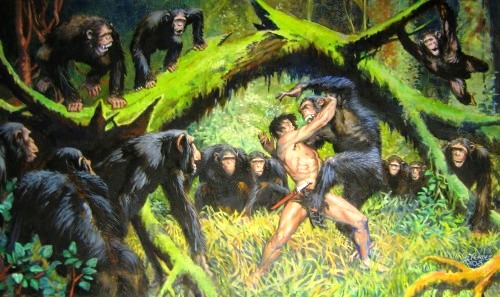
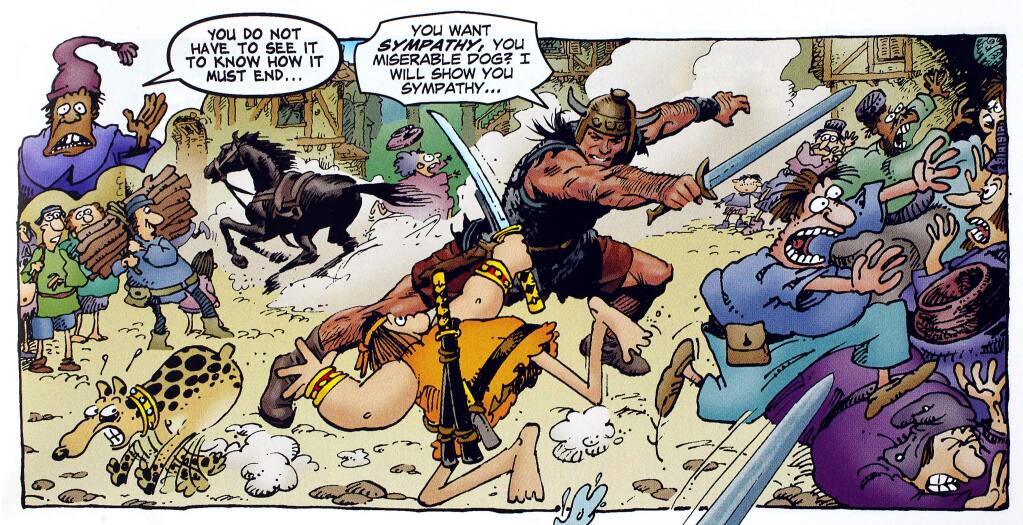
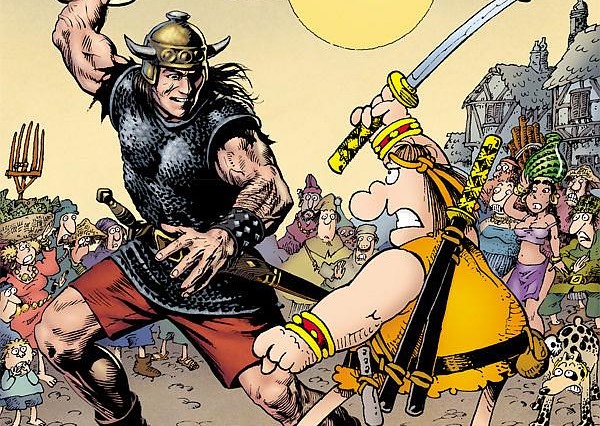
|
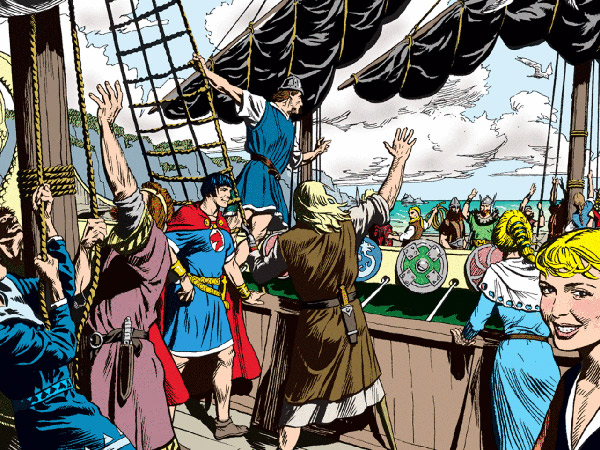 ; ; |
|
|
|
|
| Kelley Jones |
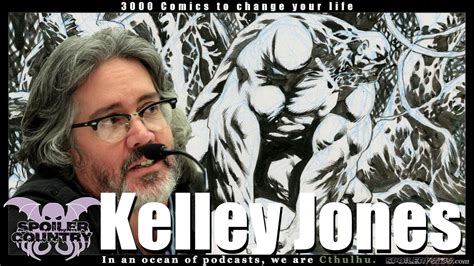
|
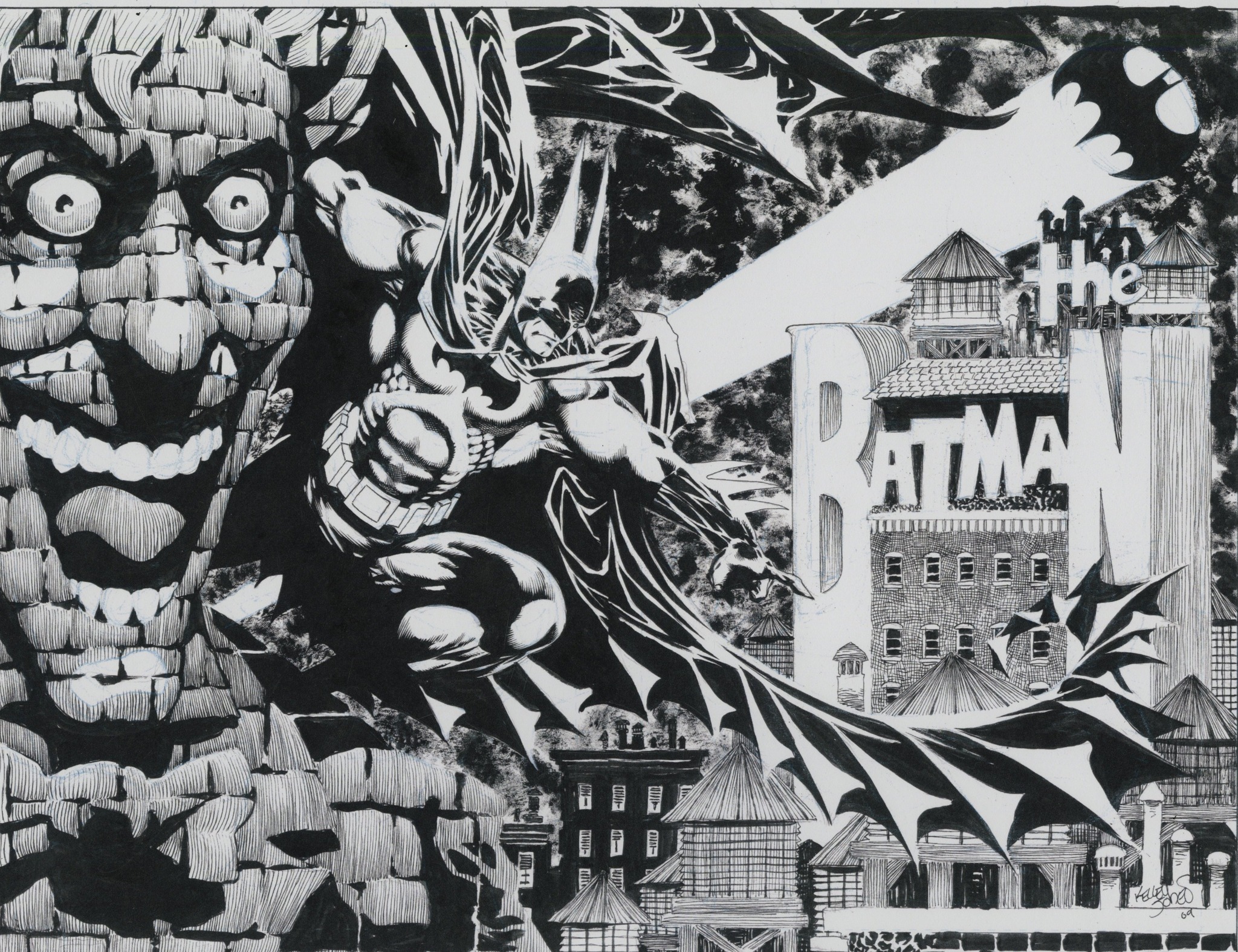
|
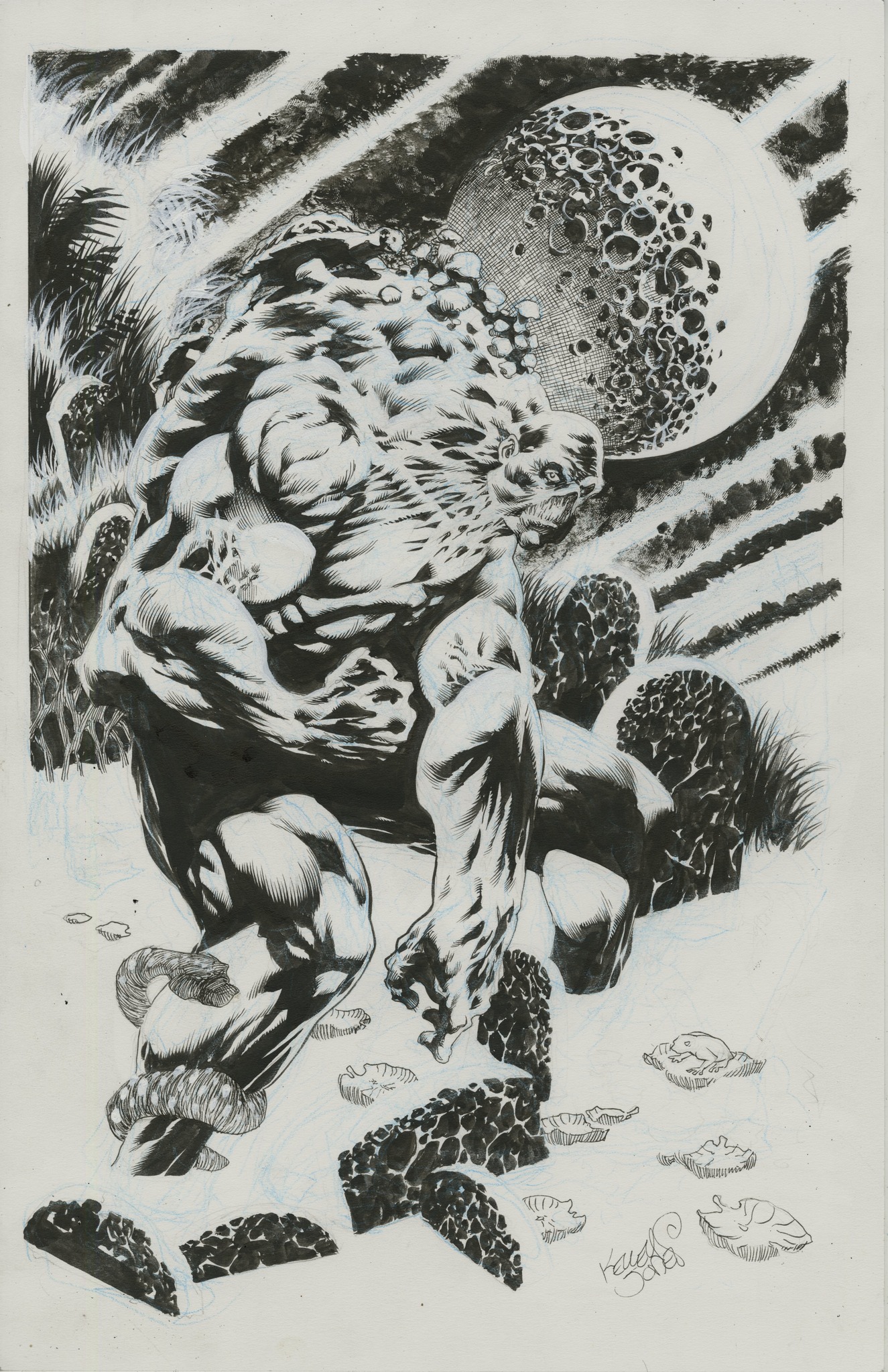
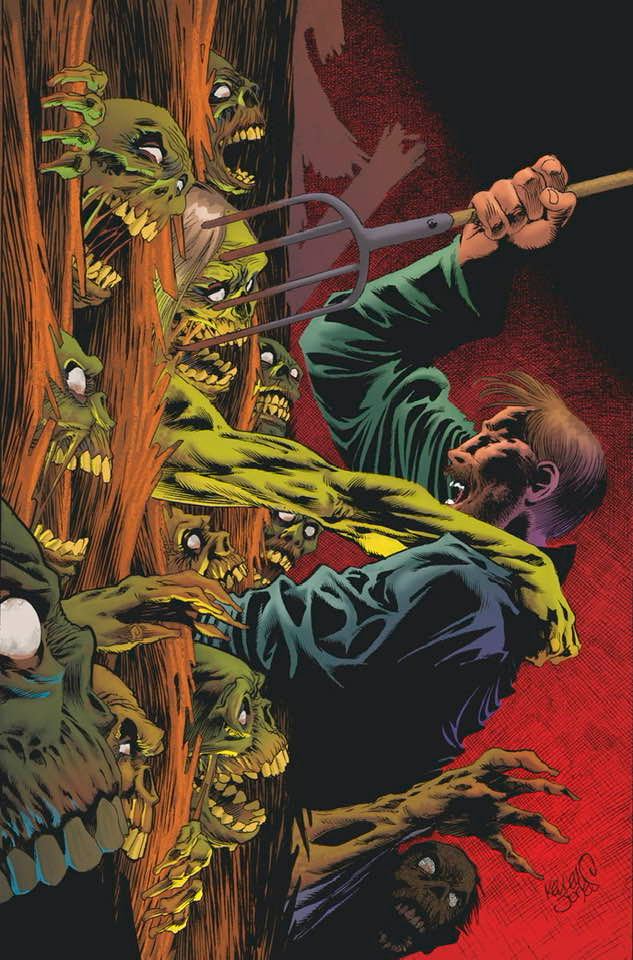 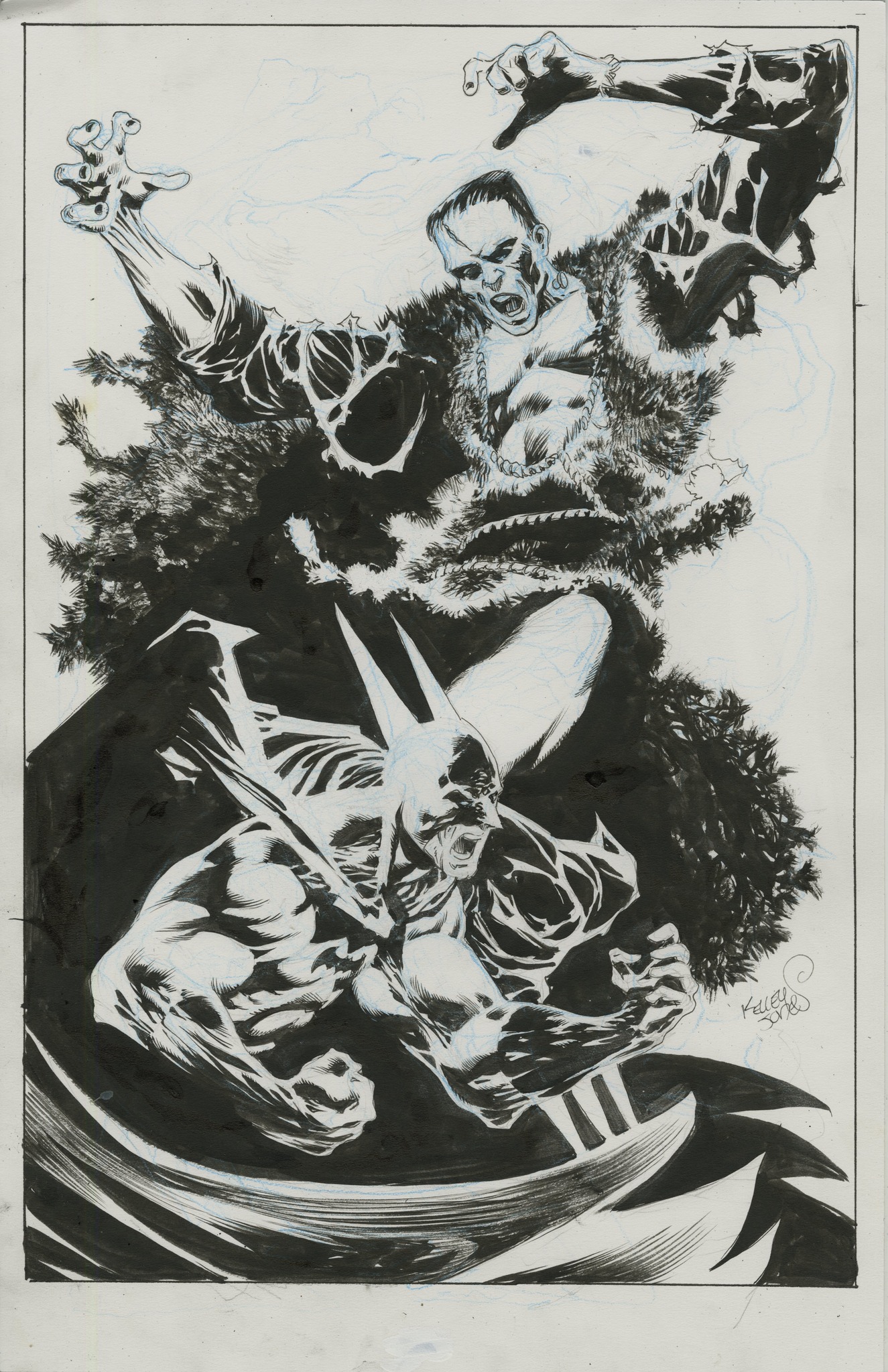 |
Kelley Jones Kelley (born July 23, 1962) is a comic book artist best known for his art on Batman along with writer Doug Moench. Jones first worked with Moench on a series of elseworld Batman tales including Batman: Dark Joker the Wild and the vampire Batman stories Red Rain, Bloodstorm, and Crimson Mist. Both of these comics were very moody compared to the other Batman comics at the time, which were already very dark. Jones also had a fairly long run on the normal Batman comic which lasted from 1995 to 1998. Most fans praised his rendition of a grim and gritty Batman however not all Batman fans were fond of his work. Jones used a style which emphasized mood over realism and exaggerating many features of Batmans costume such as making Batman's ears incredibly long or giving him a huge cape draped over his body. In addition to his run on Batman, Jones drew the Seasons Of Mist story arc for Sandman, for which his style fit very well when the main character had to travel to hell. Jones is also famous for revamping Deadman in the 80s, changing his slightly human appearance to something more reminiscent of a zombie or skeleton. Recently Jones has been working on the series, The Crusades, for Vertigo Comics (2000-2001), and the four-issue mini-series, Conan: The Book of Thoth, for Dark Horse Comics . Since 1997, Jones has written and drawn numerous books for Dark Horse including several miniseries and graphic novels such as the four-issue miniseries, The 13th Son, or the graphic novel which included his own creation, The Hammer (1997-1999). For more info about Kelley Jones's career: > Kelley's Facebok page |
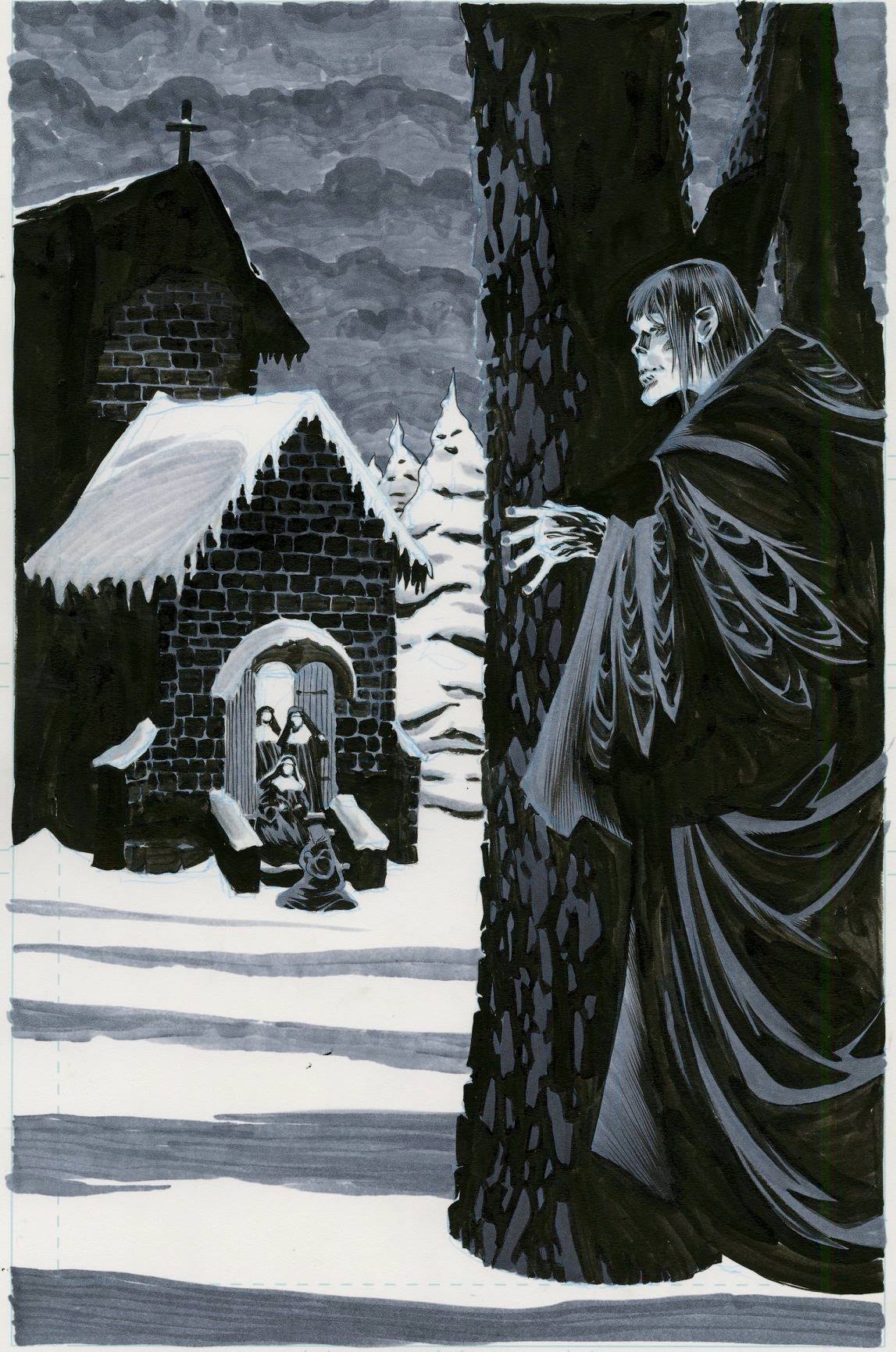
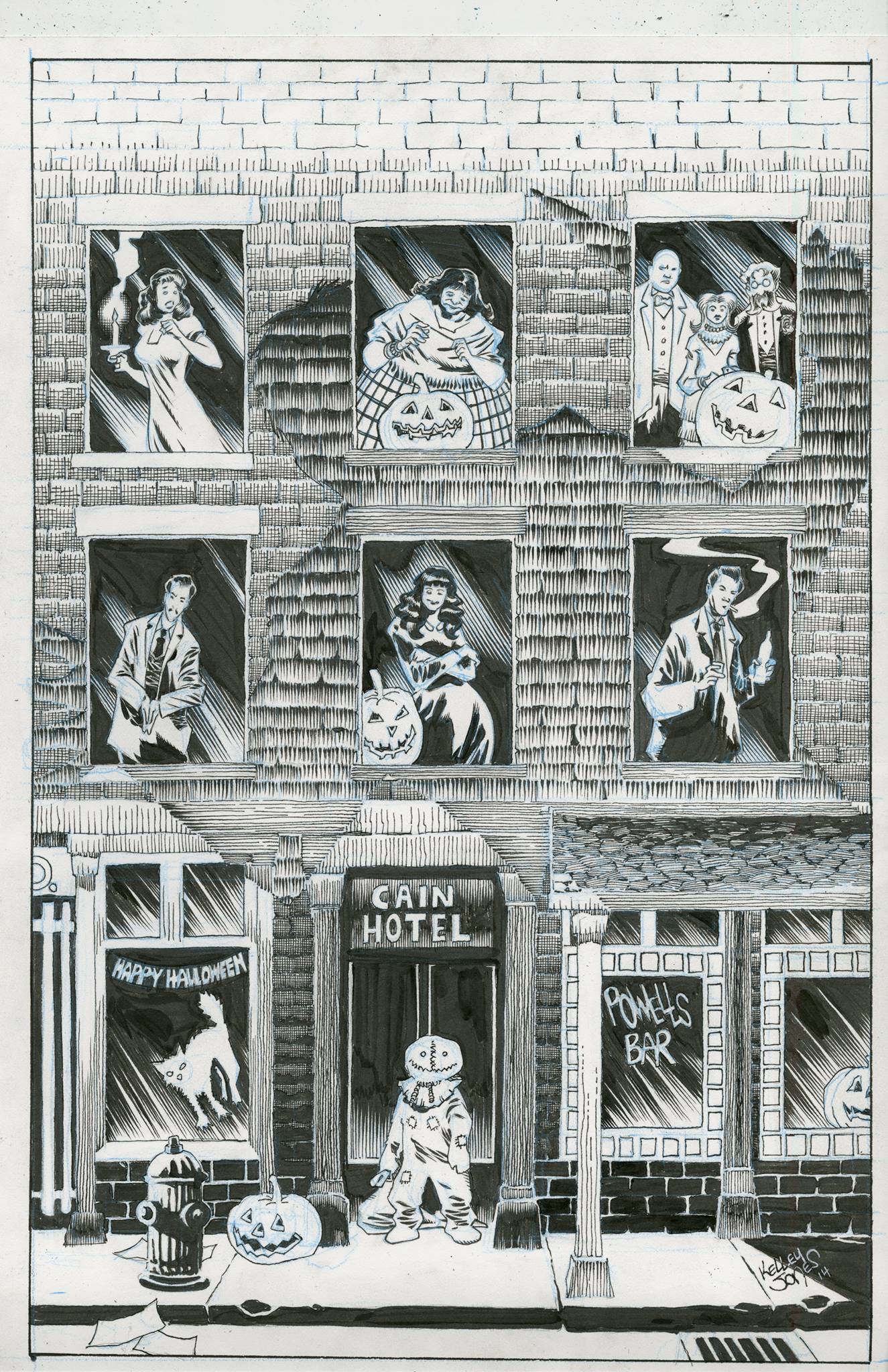
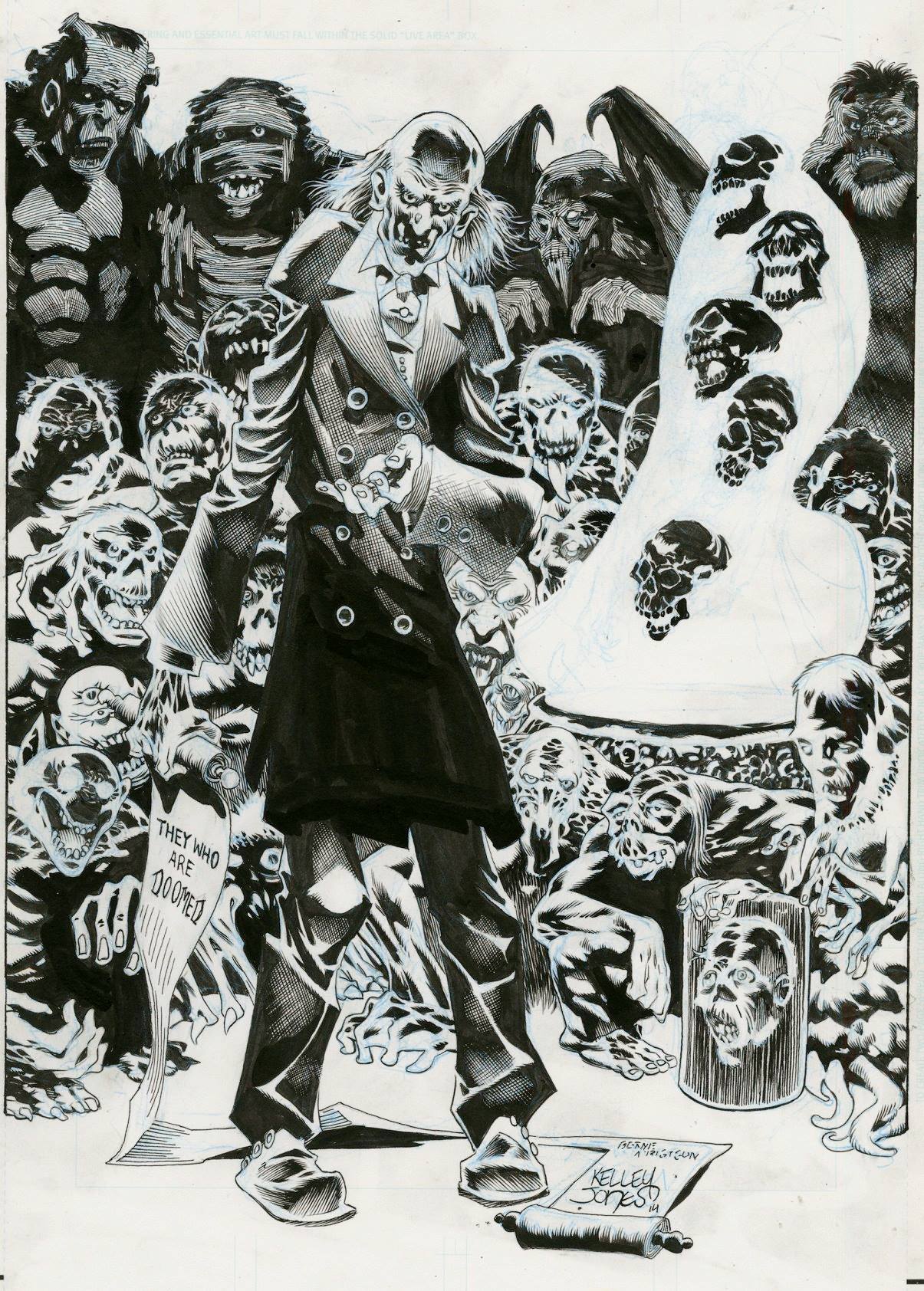
|
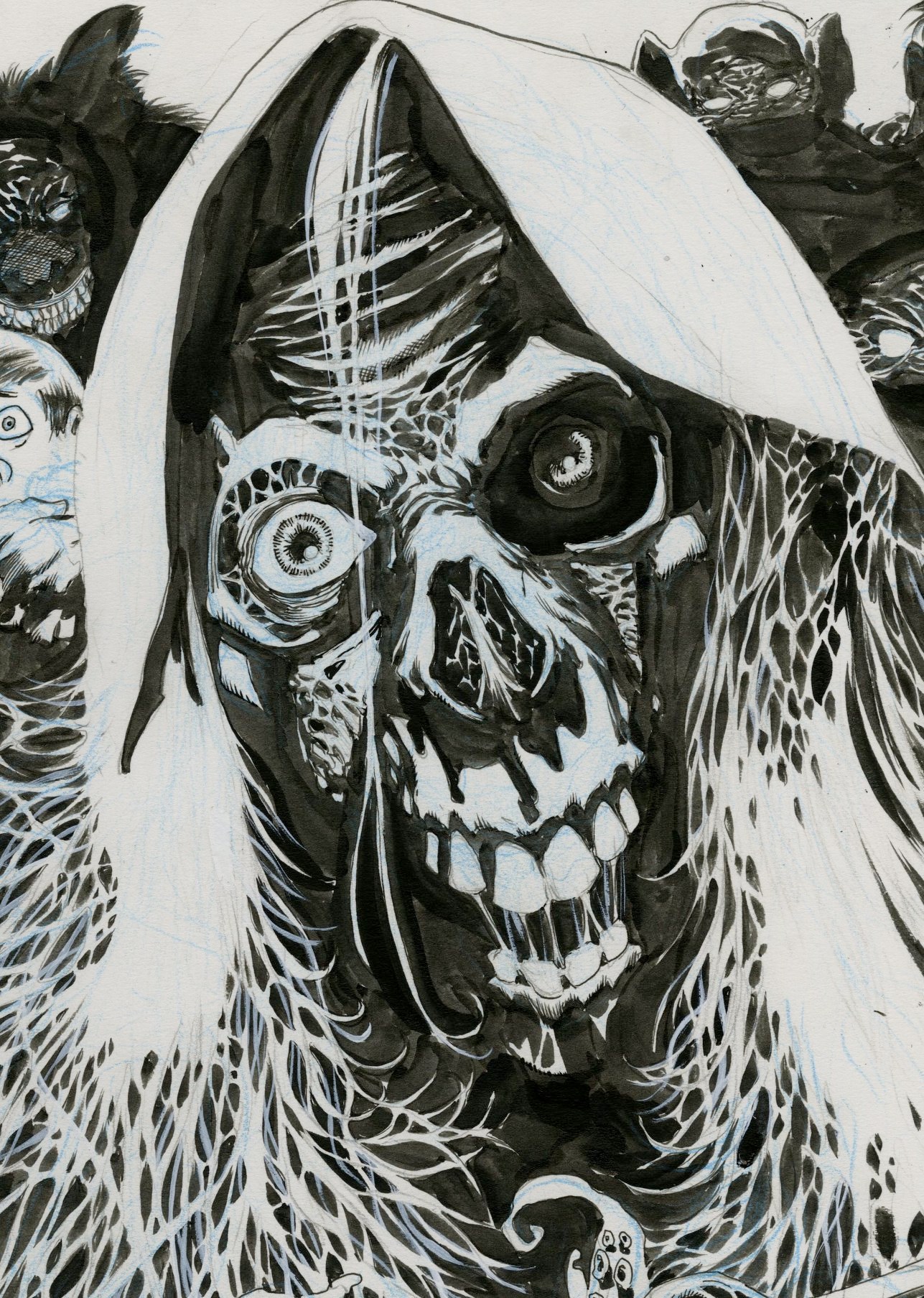 |
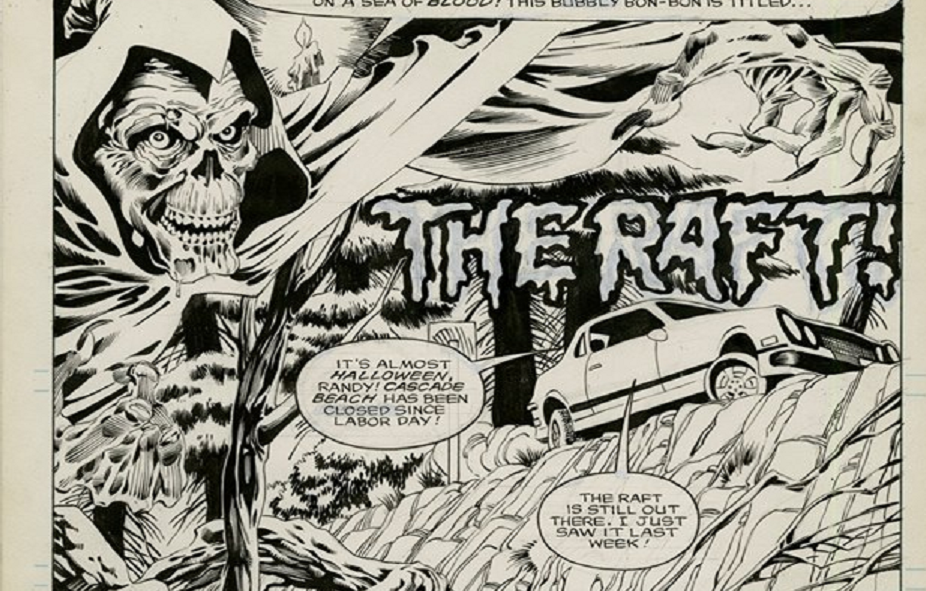
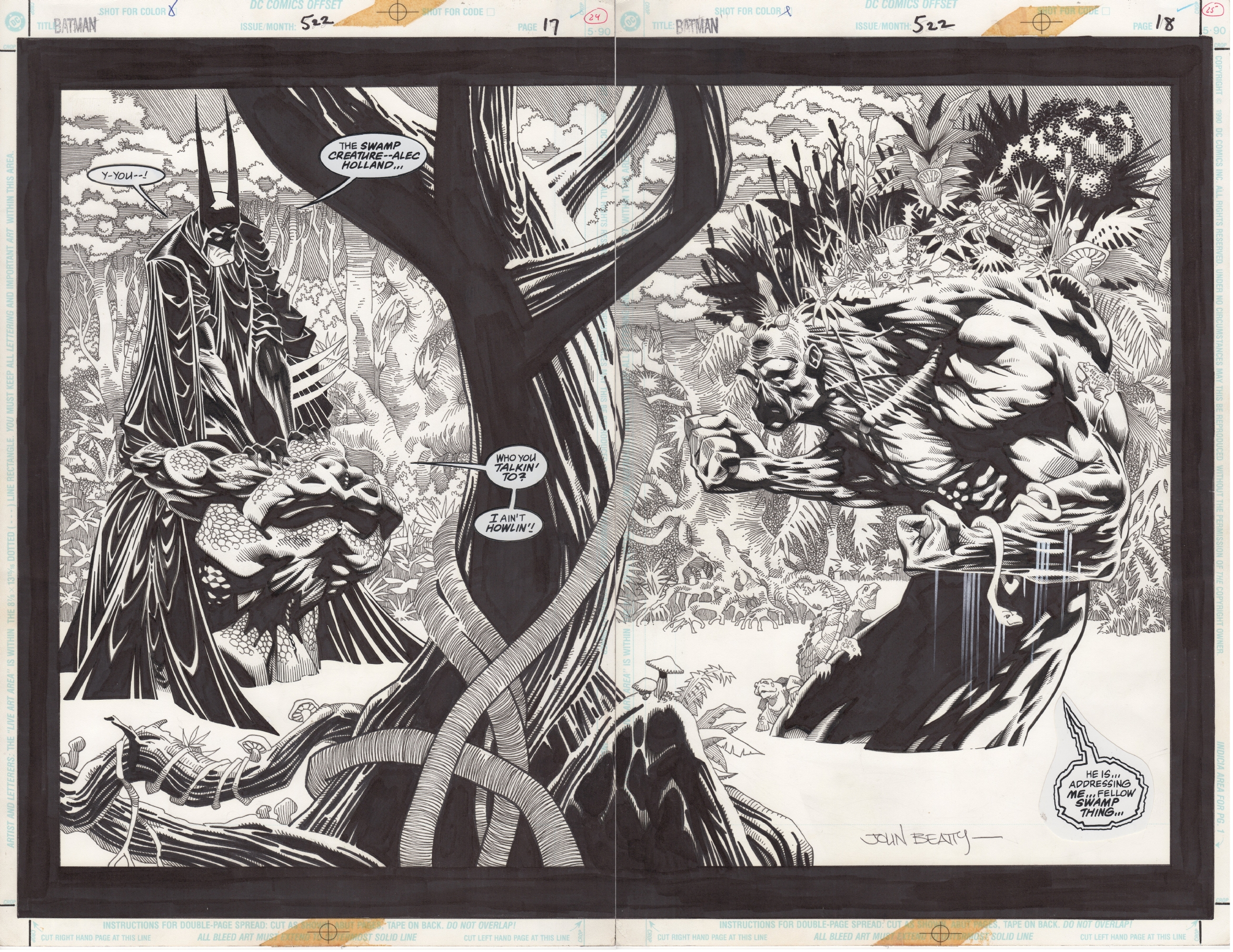
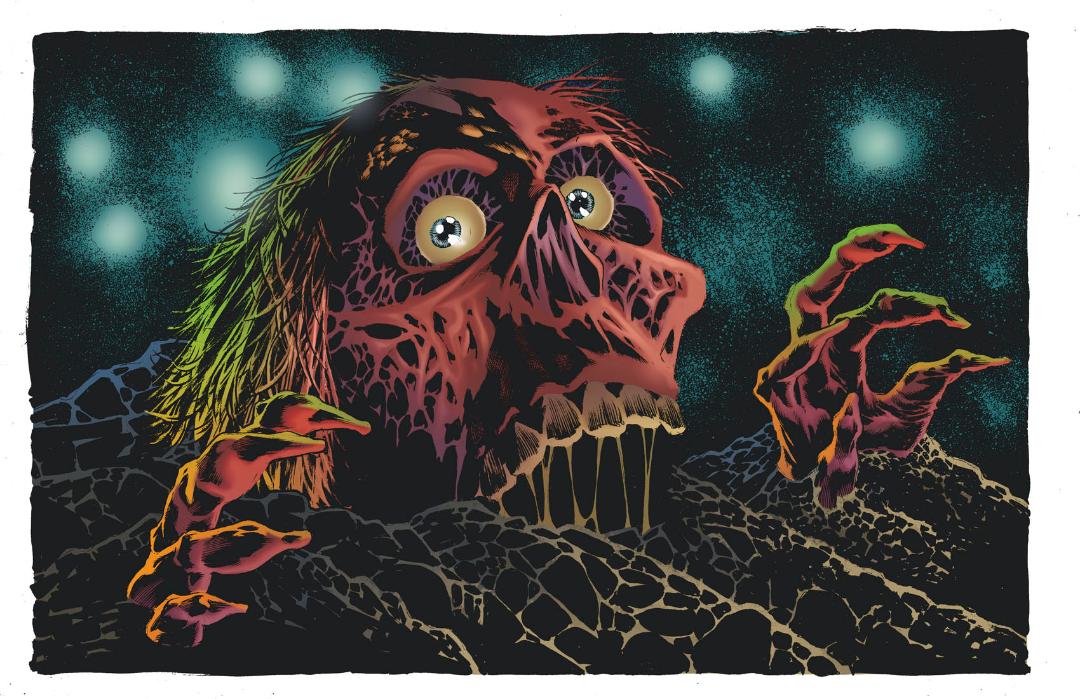
|
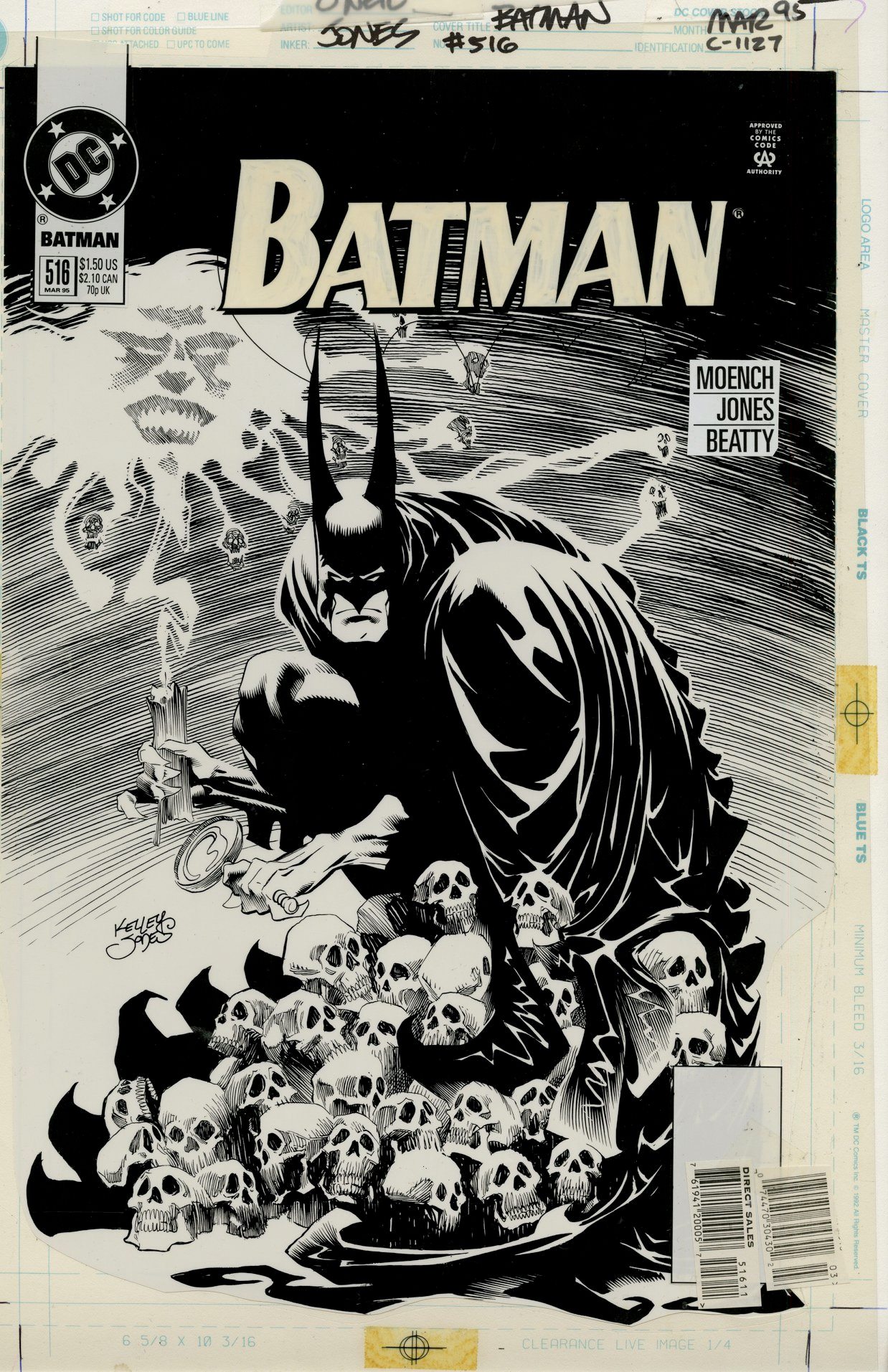 ; ; |
|
|
|
|
| Howard Chaykin |
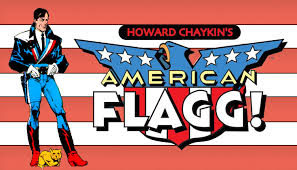
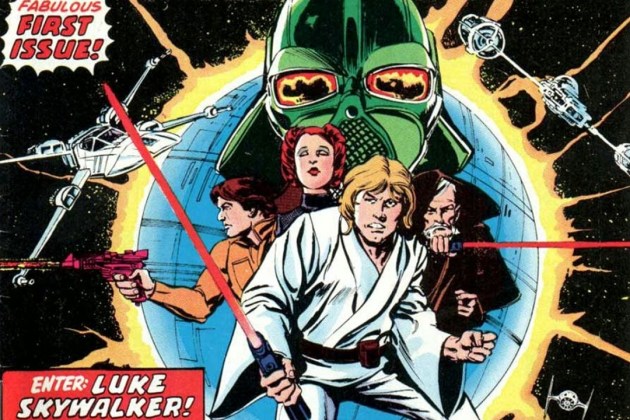
|
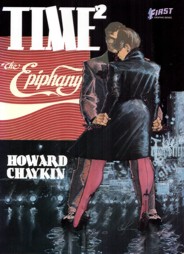
|
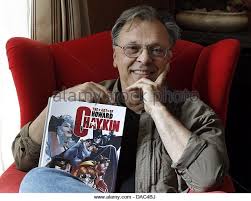
|
Howard Chaykin Howard started his career as Gil Kane's assistant, He was doing [the early graphic novel] Blackmark. He learned a lot from watching Gil work. In the early 70's he worked with quite a few established professionals and even did some work for Marvel. He also did some stories for DC, mostly sci-fi and romance comics. Moving to Marvel Comics, he began work as co-artist with Neal Adams on the first Killraven story in 1973. After this, Howard was given various adventure strips to draw for Marvel, including his own creation, Dominic Fortune now in the pages of Marvel Preview.In 1978, he wrote and drew his Cody Starbuck creation for the anthology title Star Reach, one of the first independent titles of the 1970s. In 1976, Howard landed the job of drawing the Marvel Comics adaptation of the first Star Wars film. This proved successful for Marvel, but Chaykin left after ten issues. Howard penciled DC Comics' first miniseries, The World of Krypton (July–September 1979). |
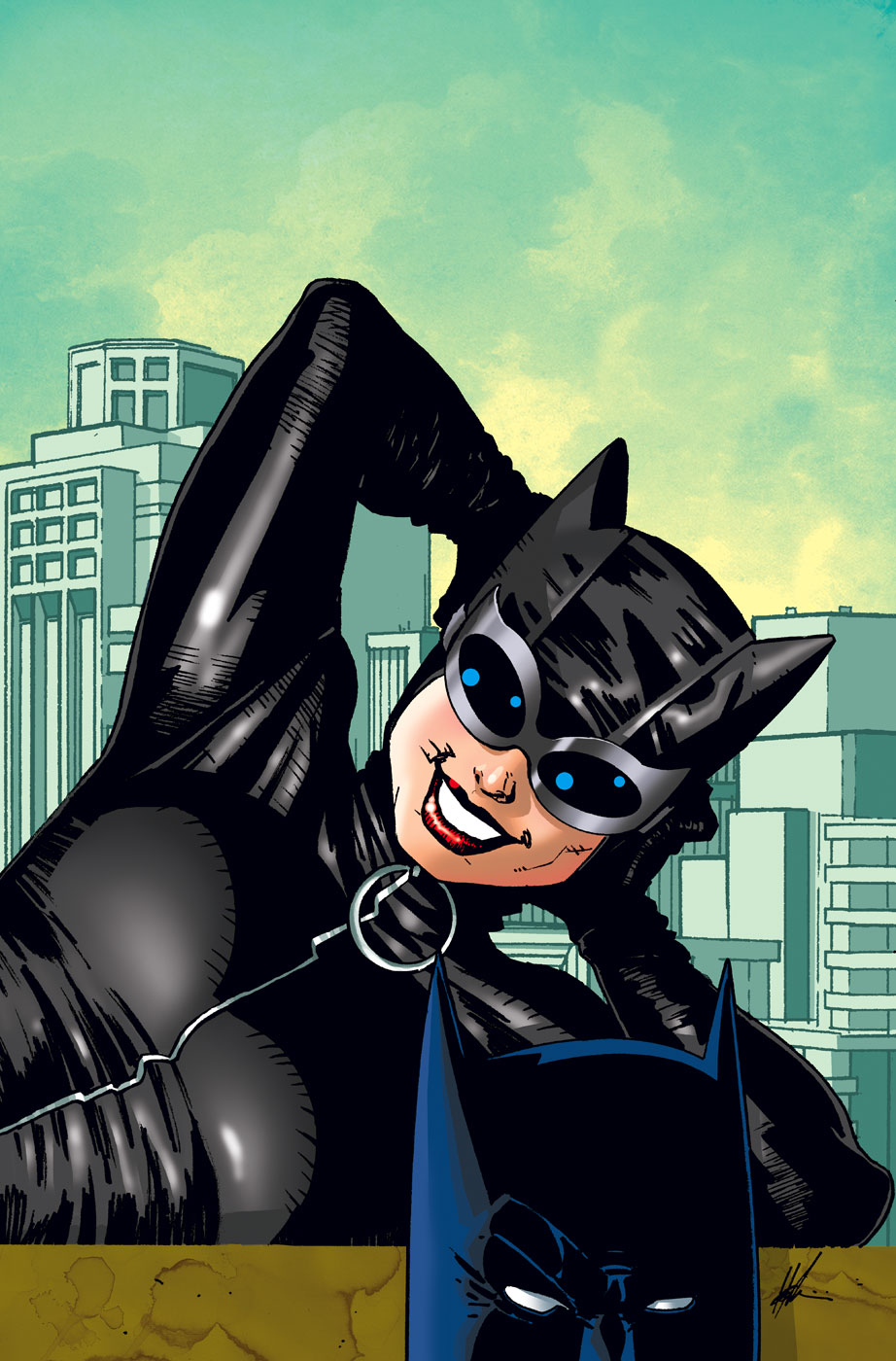
|
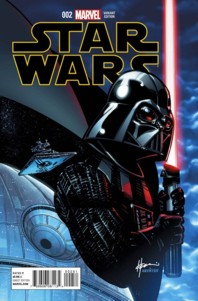
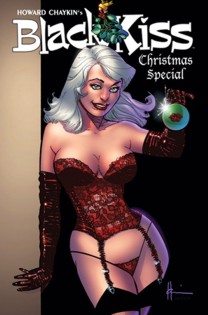
|
Howard
had a six-issue run on Marvel's
Micronauts series and drew issues #13 (Jan. 1980) to #18 (June 1980).In 1983, Howard launched American Flagg!
for First Comics. He was both writer and artist, the series was successful for First and proved highly influential,
mixing all of Howards previous ideas and interests — jazz, pulp adventure, science fiction and sex.
After the first 26 issues of American Flagg!, Howard started work on new projects.
Howards involvement in his original run of the series was that of writer for 29 issues, interior artist
for issues #1–12 and 14–26, and cover artist for issues #1–33.
He returned to full art and writing duties for the American Flagg! Special one-shot in 1986. In 1987,
a four-issue run was released. The first new project was a revamp of The Shadow in a four-issue miniseries for DC Comics in 1986. Rather than setting the series in its traditional 1930s milieu, Howard updated it to a contemporary setting and included his own style of extreme violence. Howard revamped another DC Comics character: Blackhawk was a three-issue mini-series that gave Howard another chance to indulge in the 1930s milieu, proving itself another successful revamping of a defunct DC character.. Chaykin's cover for Star Reach #1 (April 1974). In 1988, Howard created perhaps his most controversial title: Black Kiss, a 12-issue series published by Vortex Comics which contained his most explicit depictions of sex and violence yet. Telling the story of sex-obsessed vampires in Hollywood, Black Kiss pushed the boundaries of what could be shown in mainstream comics. Even though Black Kiss shipped sealed in an "adults only" clear plastic bag, its content drew much criticism. This did not stop it from selling well enough for Howard to describe it as "probably, on a per-page basis, the most profitable book I've ever done.". |
.jpg)
|
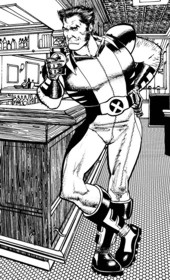
|
In the 90's Howard returned to DC to write a three-issue strongstige format mini-series called Twilight, This was another radical revamp of DC characters—this time, DC’s science fiction heroes from the 1950s and 1960s, such as Tommy Tomorrow and Space Cabby. This was followed with the Ironwolf: Fires of the Revolution graphic novel in 1992. Howard then co-created/designed Firearm for Malibu Comics in 1993. This was followed by the four-issue miniseries Power and Glory in 1994, a superhero-themed PR satire for Malibu Comics' creator-owned Bravura imprint. by the 2000's, Howard began co-writing American Century with David Tischmann for Vertigo. This story, set in post-war America, would be a pulp-adventure strip inspired by the likes of Terry and the Pirates as well as the EC Comics war stories created by Harvey Kurtzman. His next work was Mighty Love, a 96-page original graphic novel published in 2004 and described as "You’ve Got Mail with super-powers". This was acclaimed as a return to the type of work he did on American Flagg! and contained his first art in a title since the early 1990s. Howard helped to revamp the Challengers of the Unknown in a six-issue mini-series for DC, as well as writing a mini-series about gangster vampires called Bite Club for Vertigo. Howard continues to be involved in many Comic related projects. Howard serves on the Disbursement Committee of the comic-book industry charity The Hero Initiative. |
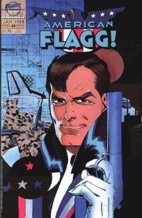 |
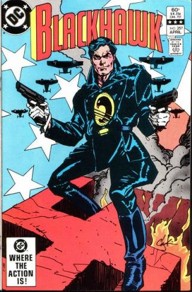 |
To learn more about Howard, visit: to contact Howard:
|
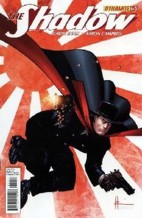 |
|
|
|
|
| Mike Vosburg |
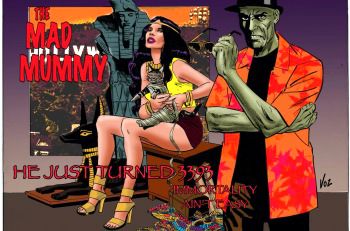
 |
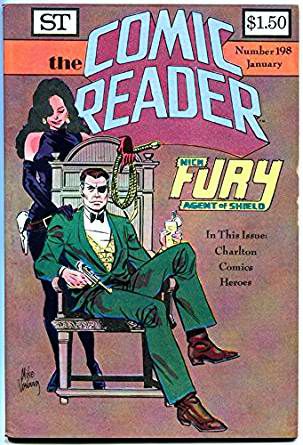
|
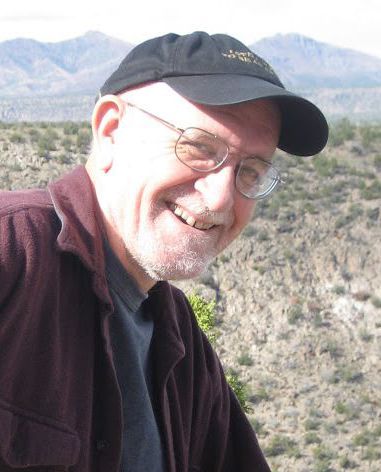
|
Mike Vosburg Mike Vosburg's comics career began in the 1960s, when as a teenager he started Masquerader, one of the first comic book fanzines. He began working in underground comics in the 1970s, with creations such as Split Screen, written by Tom Veitch. Later in the 1970s and 1980s, Vosburg contributed to horror titles by Western Publishing and Charlton Comics. His story "Mail Order Brides," published in Kitchen Sink strongss's Bizarre Sex #3, was in a similar horror/mystery vein. Around this time, Vosburg also did various work for DC Comics and Marvel Comics. He is probably best known for his work from that period on Savage She-Hulk, Sisterhood of Steel, and G.I. Joe: A Real American Hero. He also worked on the Valiant Comics' titles Bloodshot and Archer & Armstrong. |
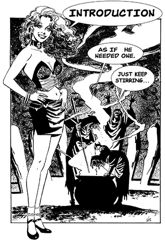
|
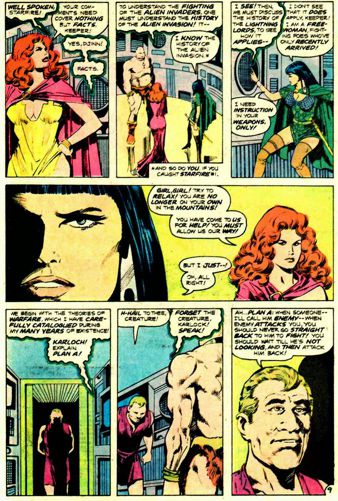
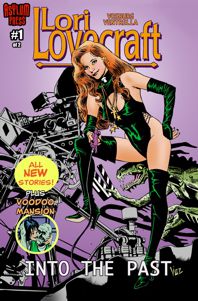
|
Mike From 1989 to 1996, for the TV series Tales from the Crypt, Vosburg illustrated comic book covers designed to look like the original 1950s comics. Originally hired to do concept drawings for the wraparound sequence, Vosburg ended up storyboarding the title segment as well as illustrating almost every cover used in the show's 93 episodes. While Vosburg still does occasional comics work like covers and pinups, or his self-published Lori Lovecraft books, most of his time is currently devoted to television and film. He has done storyboarding work for such directors as John Frankenheimer, Robert Zemeckis, Allan Arkush, and Gilbert Adler; on projects as diverse as David Mamet's The Water Engine, the Elian Gonzalez Story, Prince Charming, and Demon Knight. He has also done storyboarding for music videos, such as "Stan" and "Let Me Blow Ya Mind". |

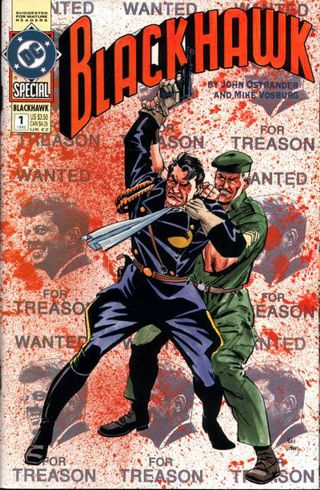
|
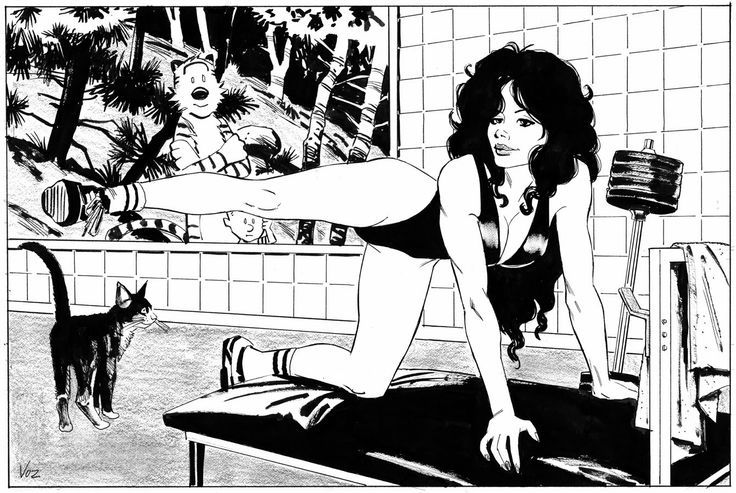 |
To learn more about Mike visit: to contact Mike:
|
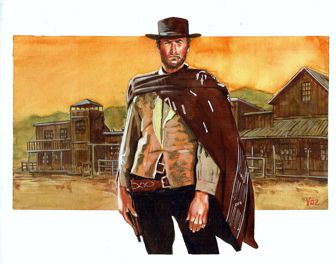 |
|
|
||
Patrick Owsley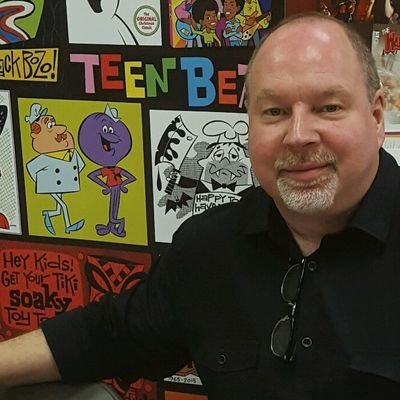 |
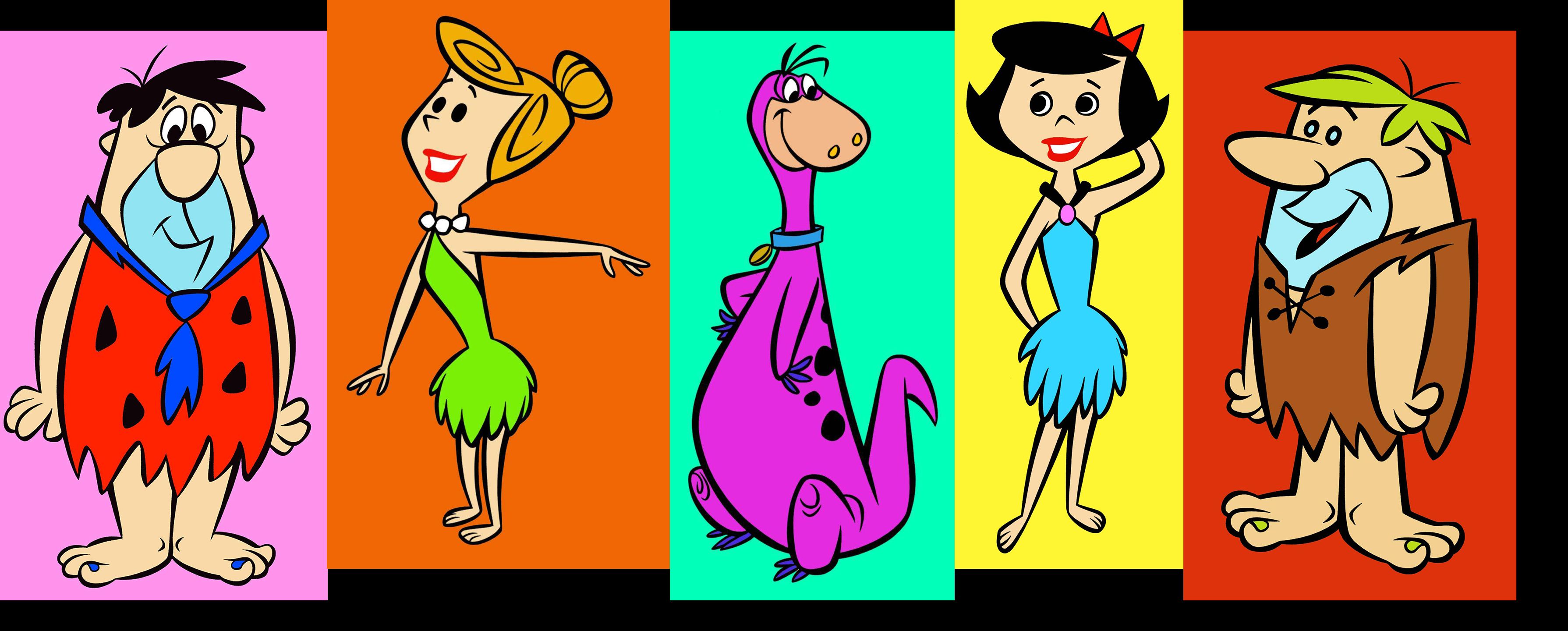
 |
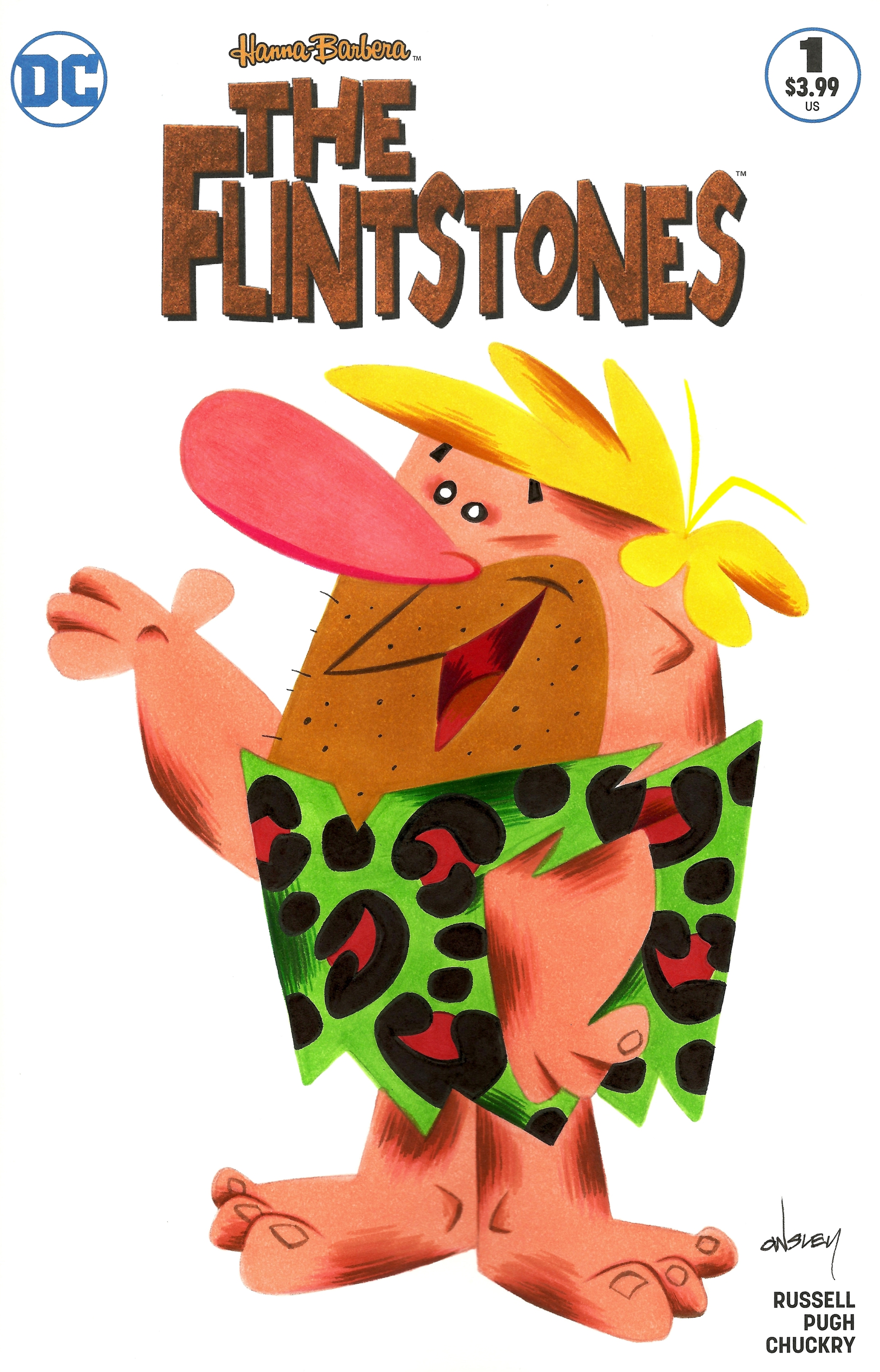
|
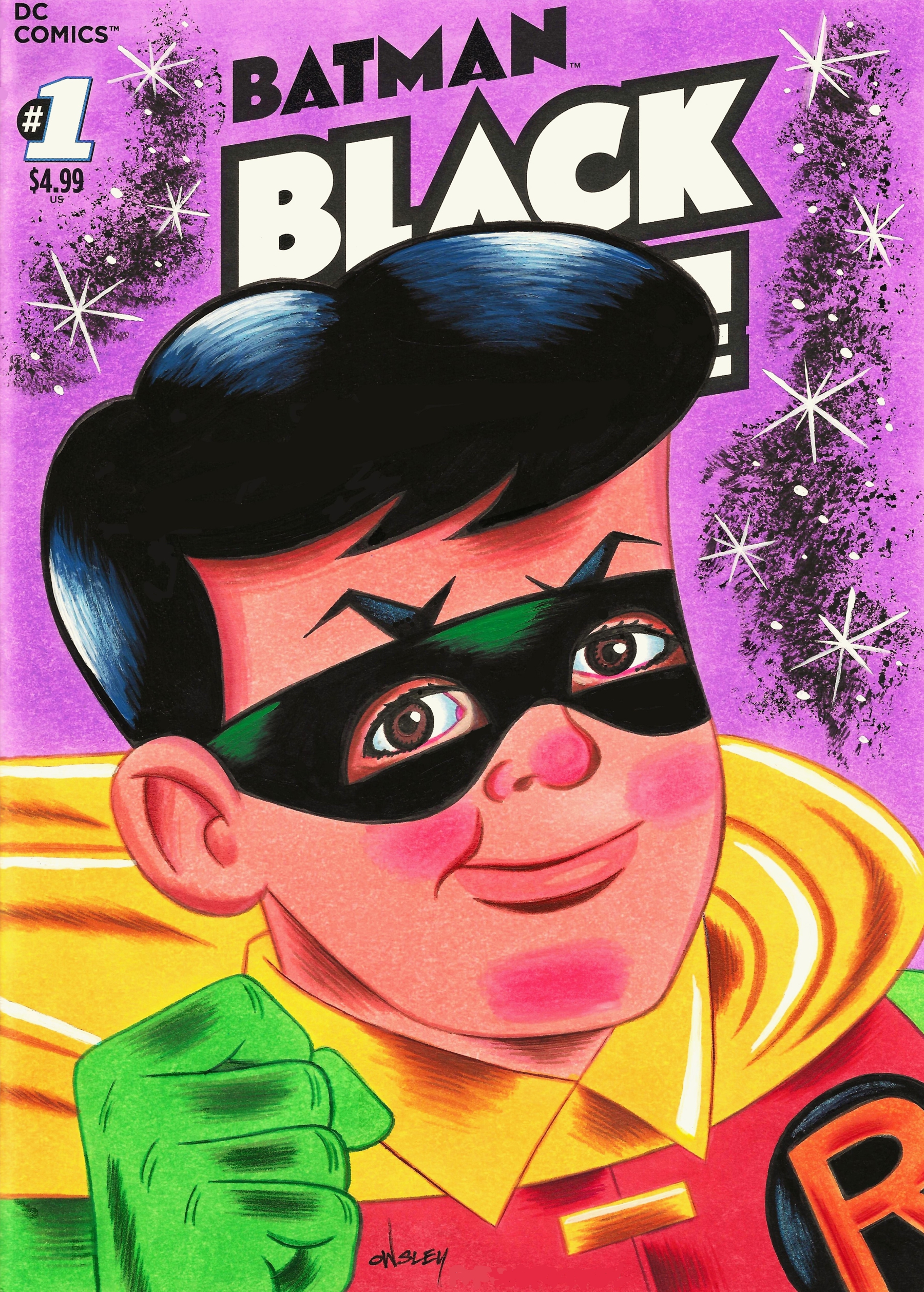
|
Patrick Owsley You've seen the work of Pop Culture Cartoonist PATRICK OWSLEY in comic books, on DVD/Blu-ray packaging, CD covers, t-shirts...everywhere! Patrick creates cartoon art for licensing, publishing, advertising, logo design, lettering, character design and more! Patrick Owsley's clients include: Hanna-Barbera (The Flintstones, Yogi Bear, Scooby-Doo), Simpsons (Bongo Comics), DreamWorks (Underdog, Tennessee Tuxedo, Mr. Magoo, Rankin/Bass' Frosty the Snowman and Jackson 5, Felix the Cat, Rocky and Bullwinkle), Warner Bros. (Looney Tunes: Bugs Bunny, Porky Pig, Daffy Duck), Cartoon Network, Disney, DC Comics, Marvel Comics, Archie Comics, Golden Books, Spumco, Funko, Applause, Miser Bros. strongss, Peanuts Worldwide, Sesame Street, Nickelodeon, and more! Patrick and his wife, Leslie, live in Woodland Hills, CA with their dog, Mickey. |
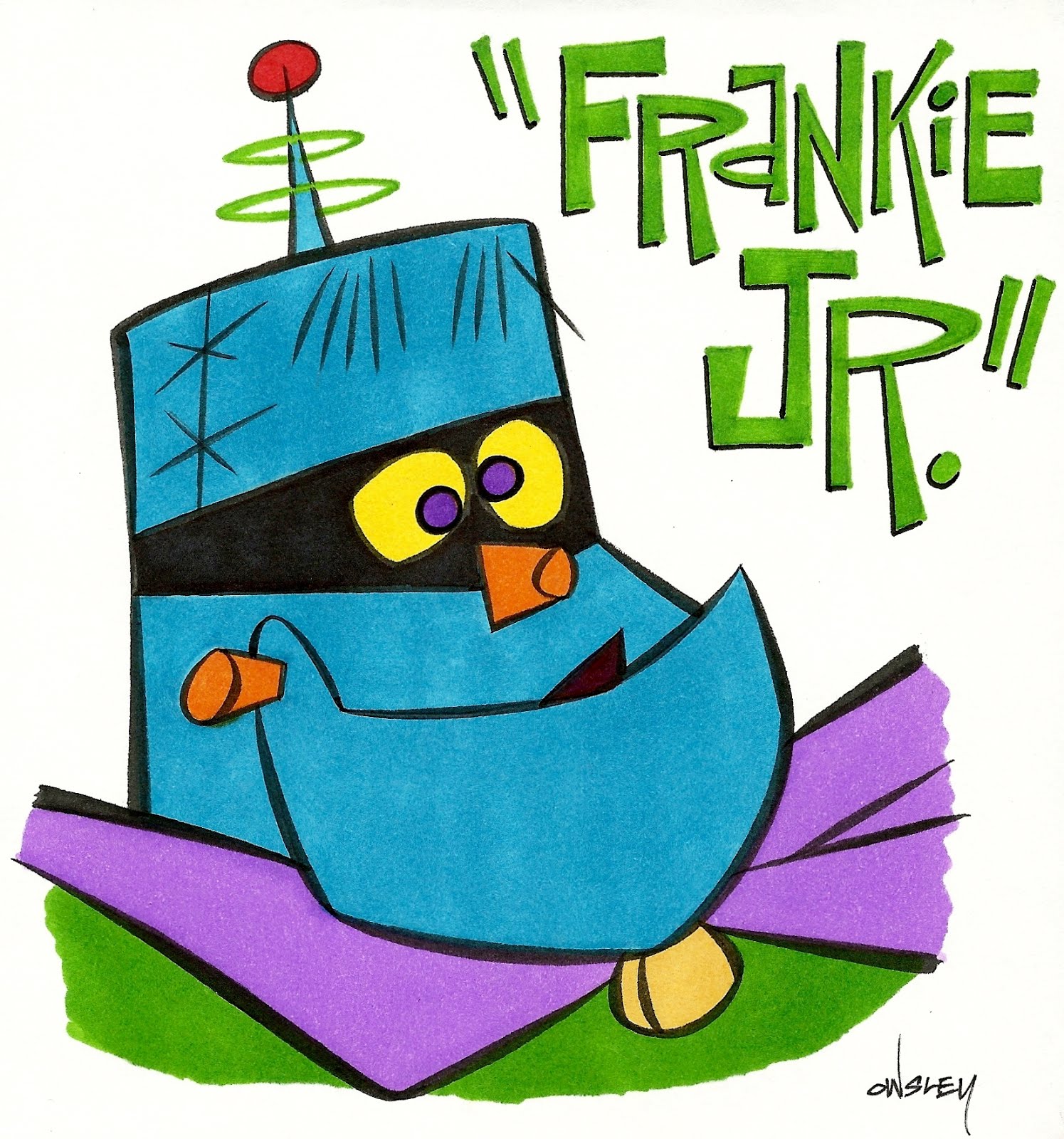
|
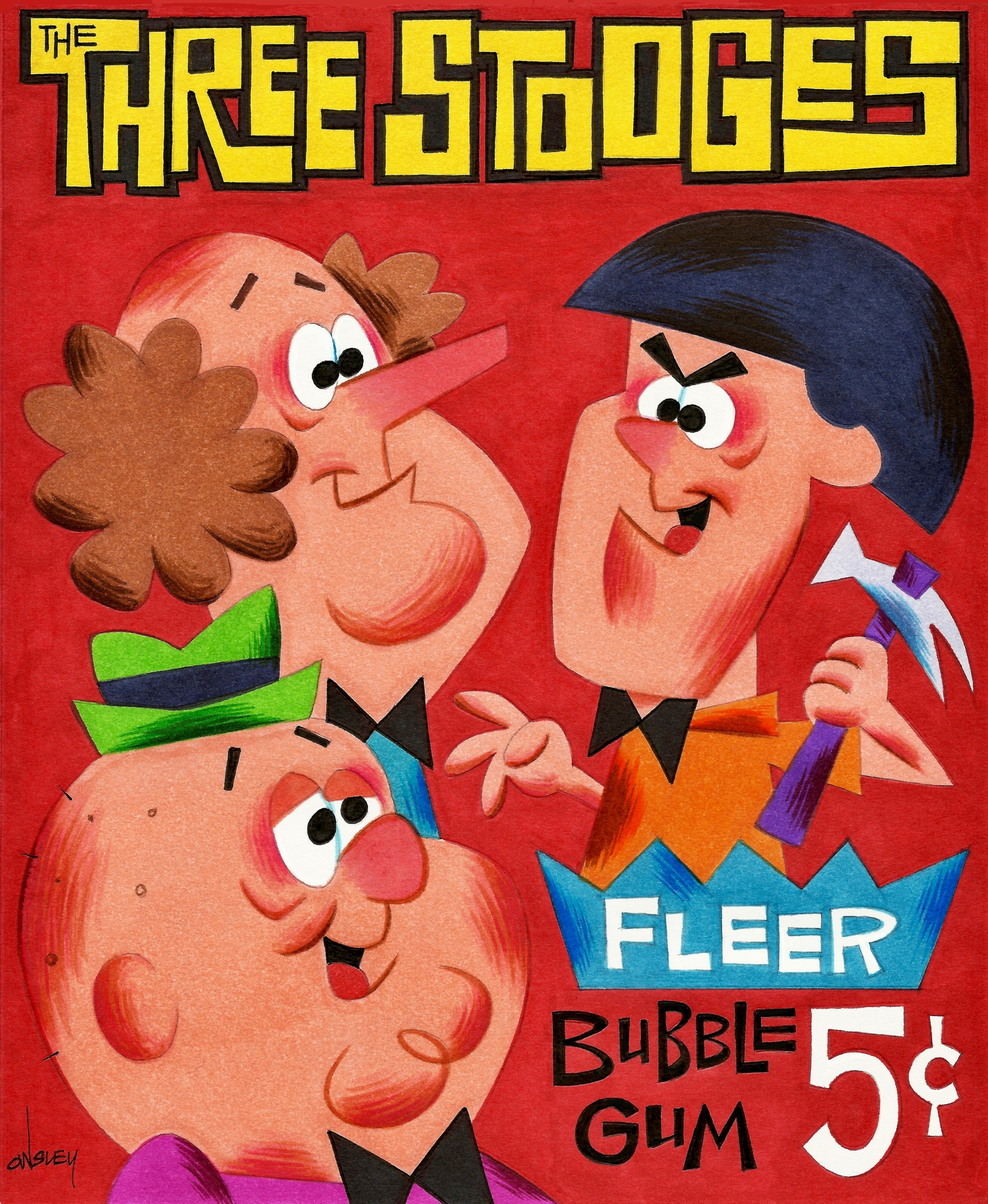 |
To learn more about Patrick visit: to contact Patrick:
|
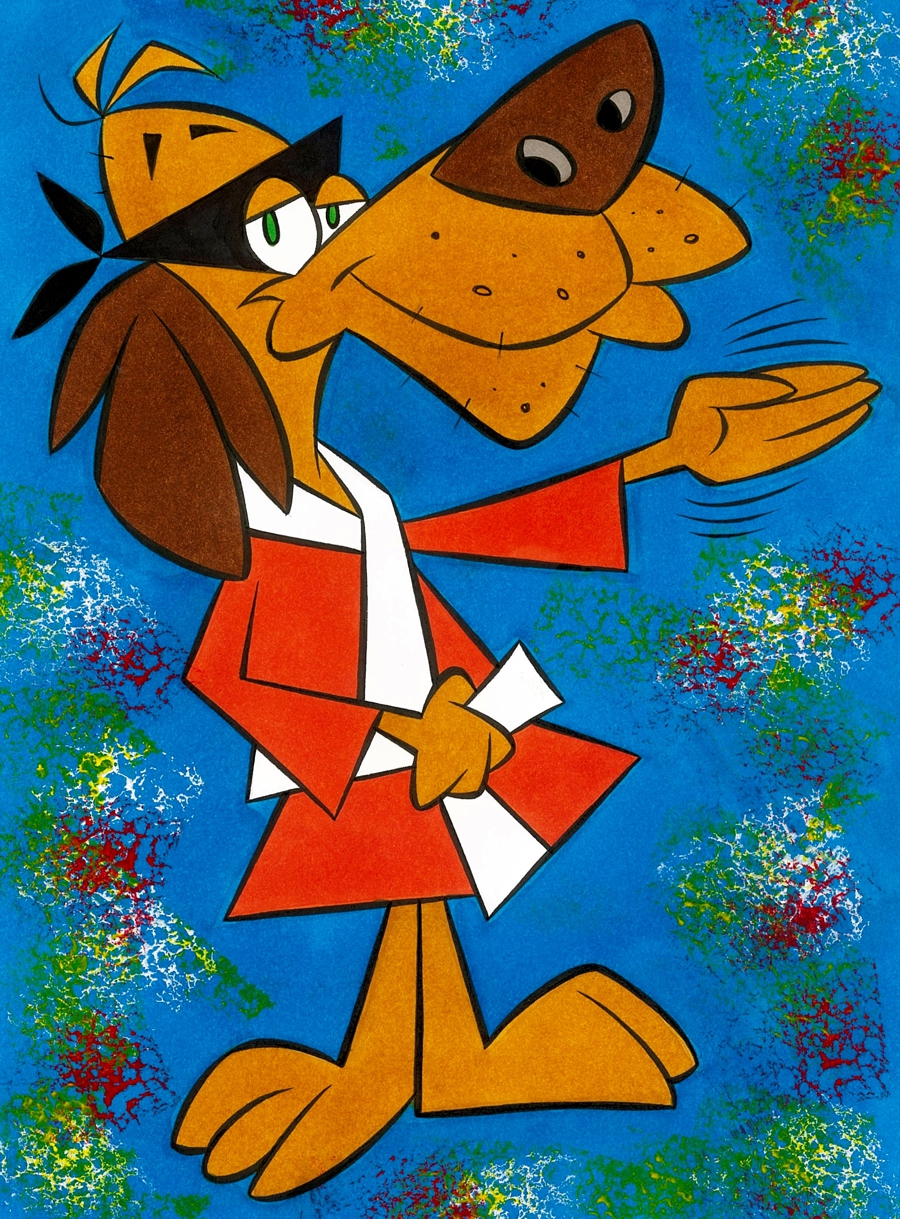 |
|
|
||
